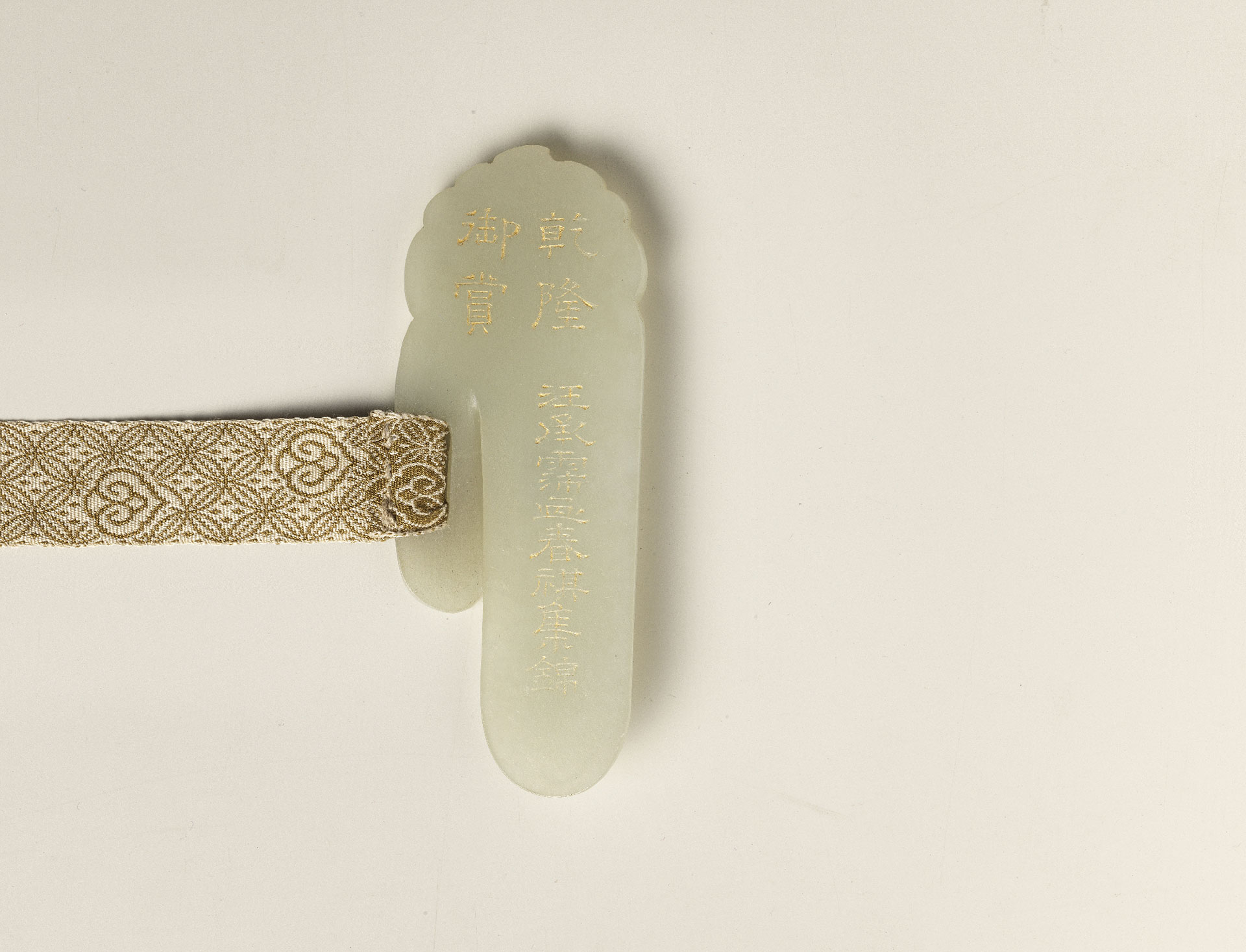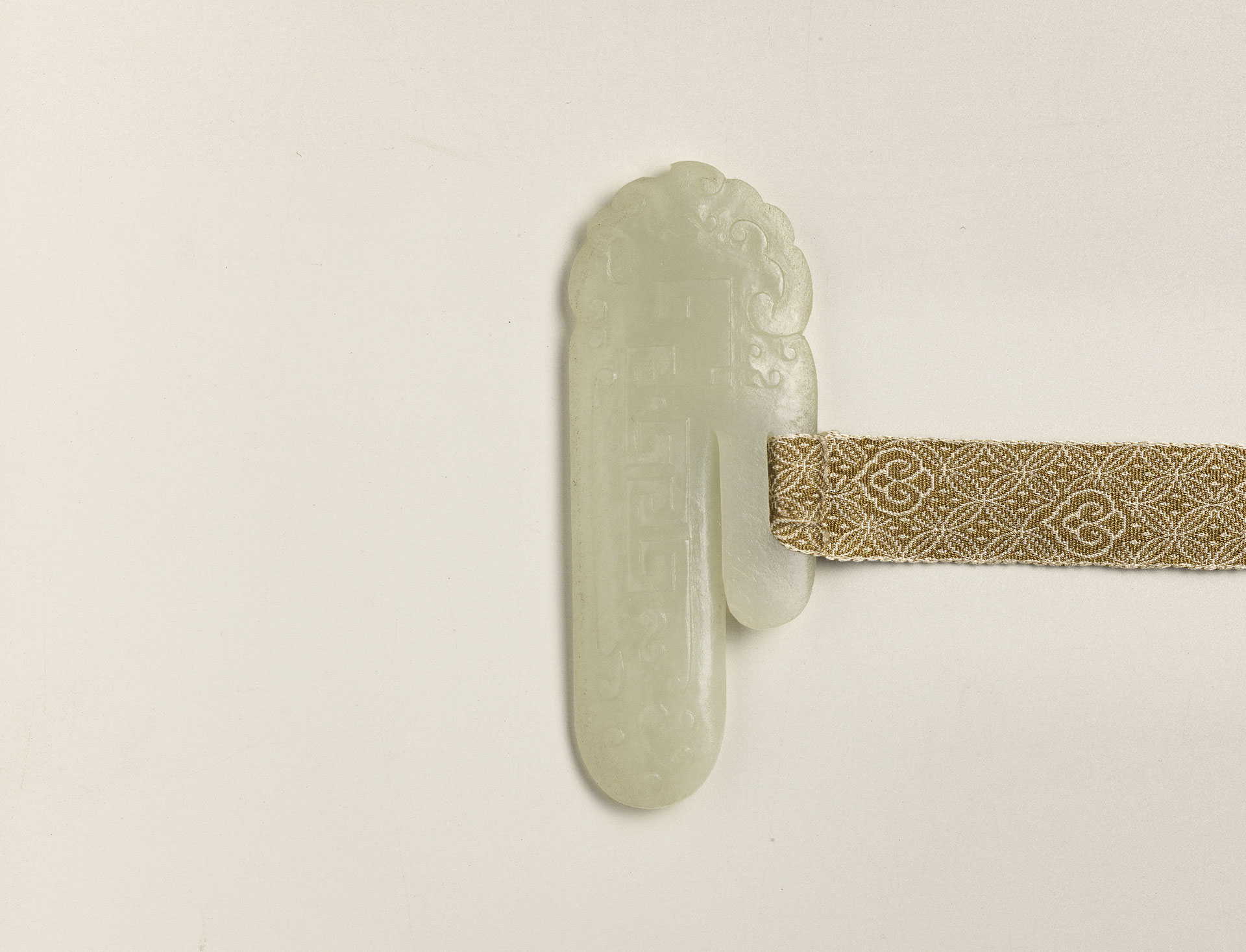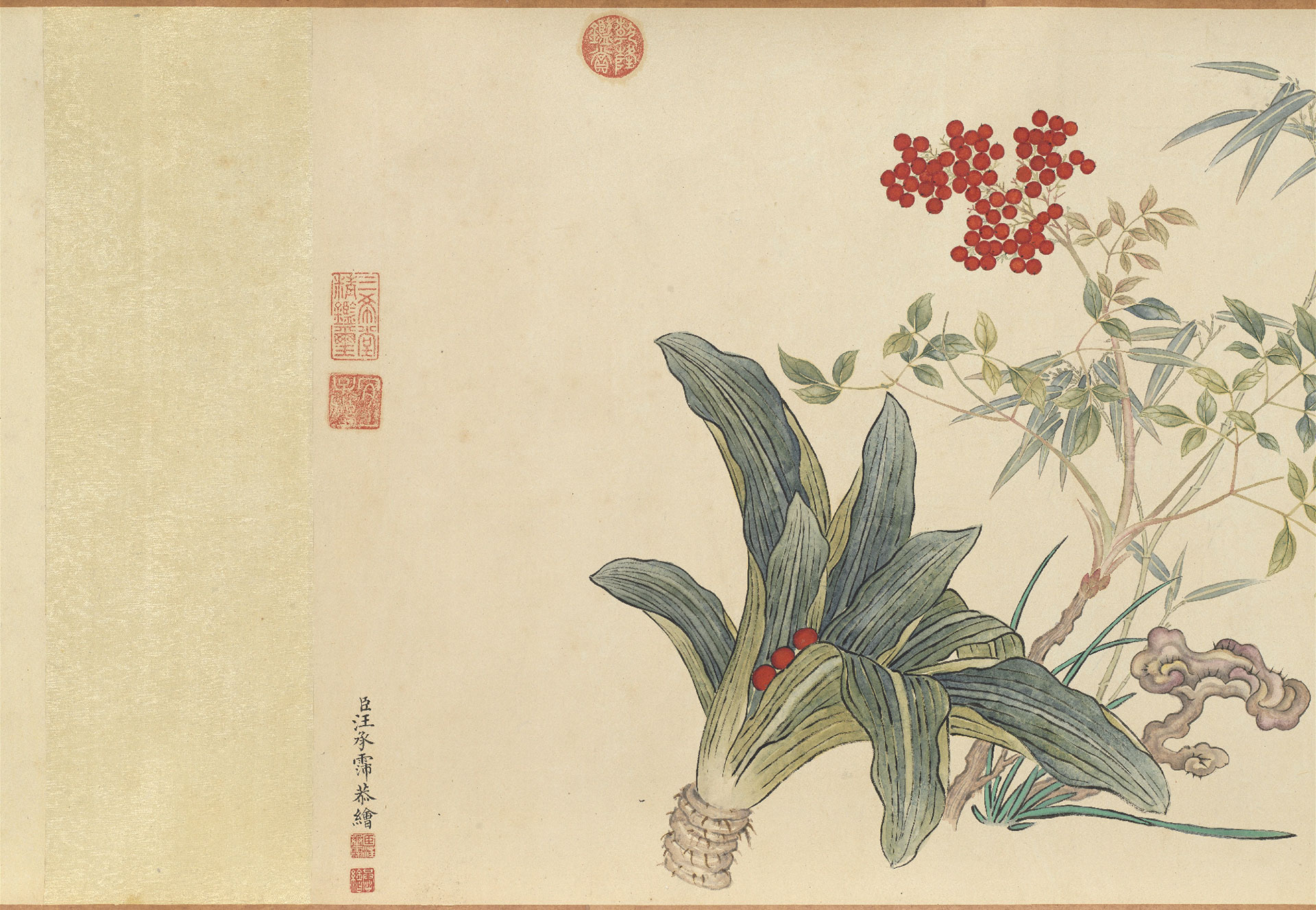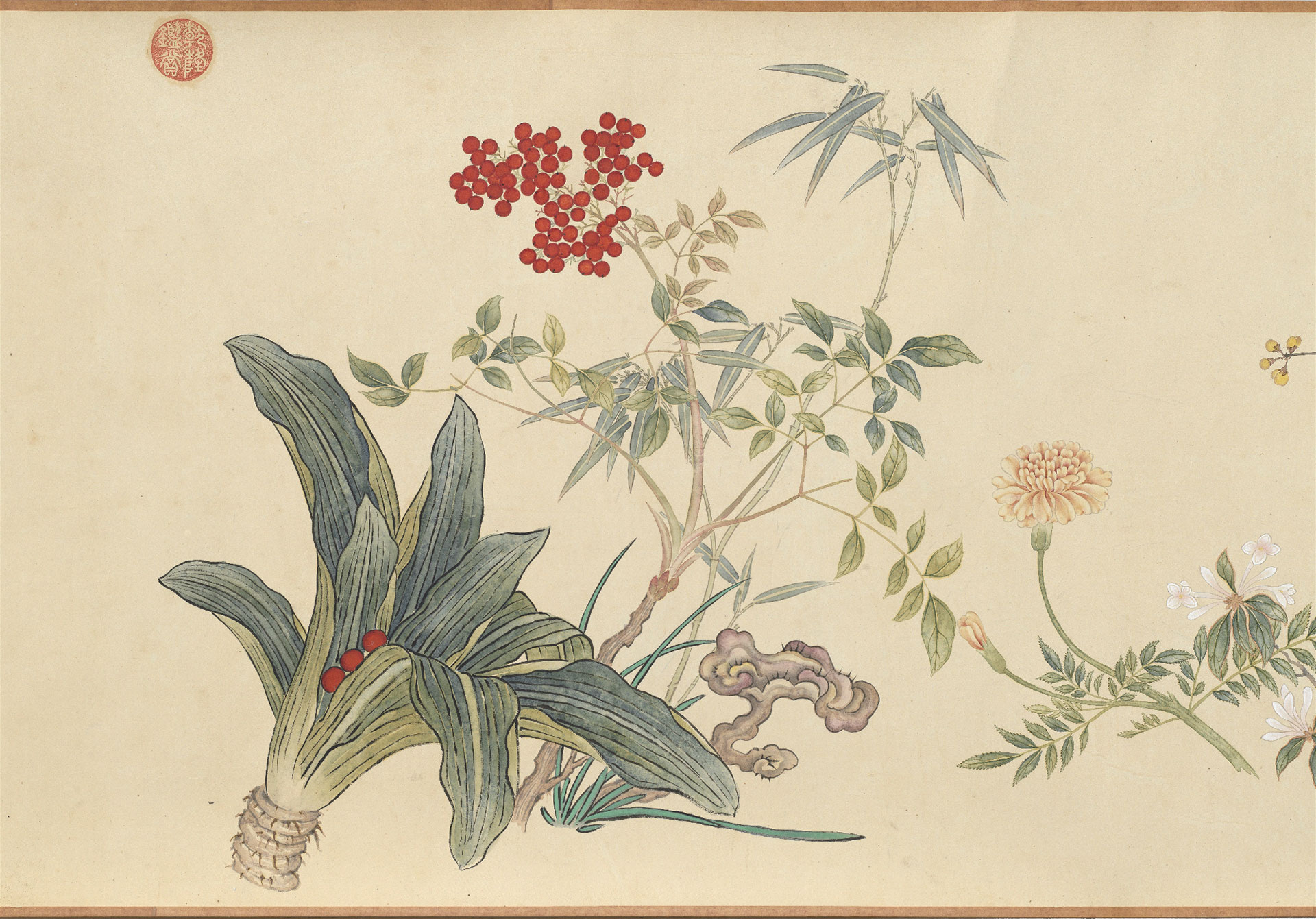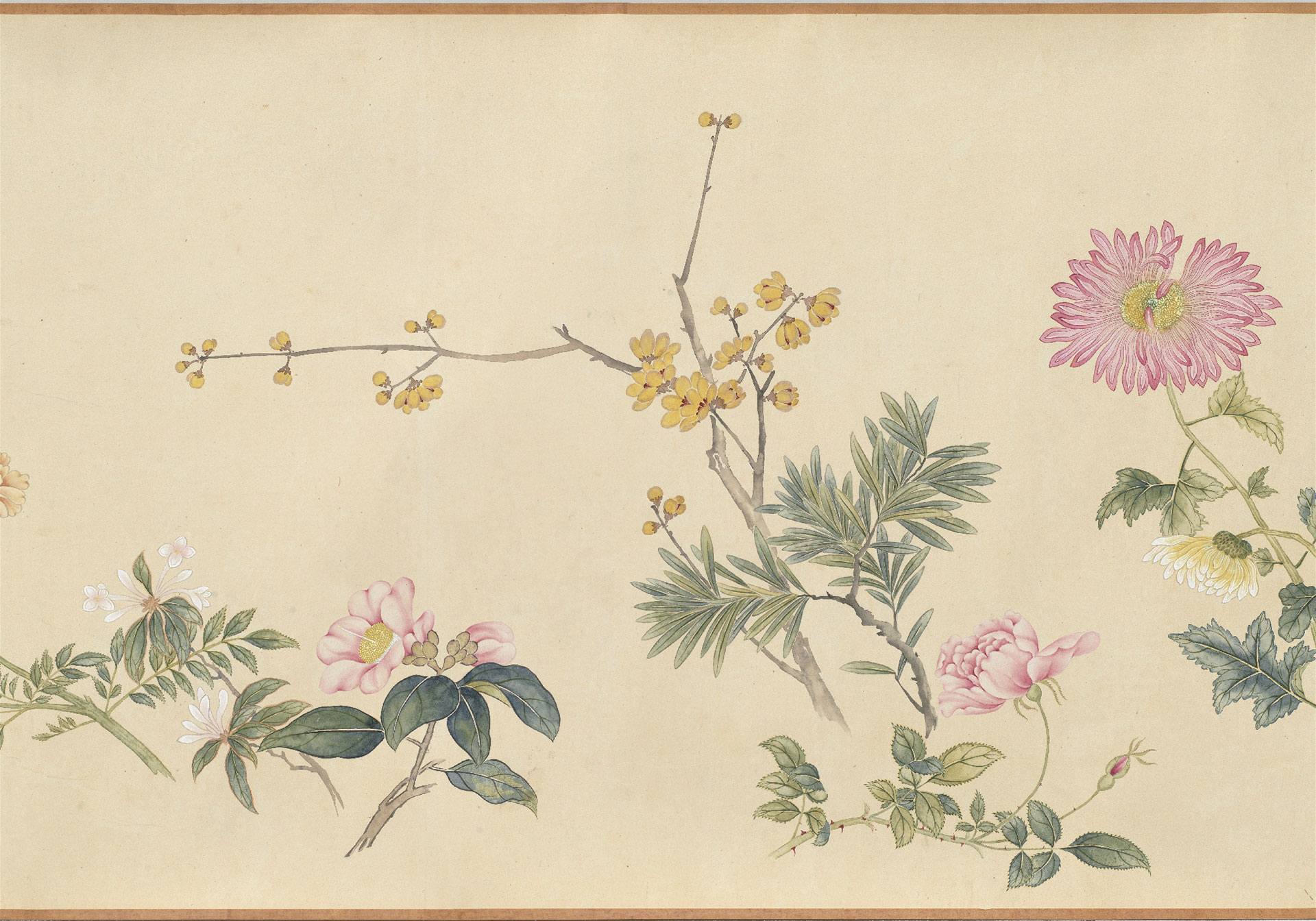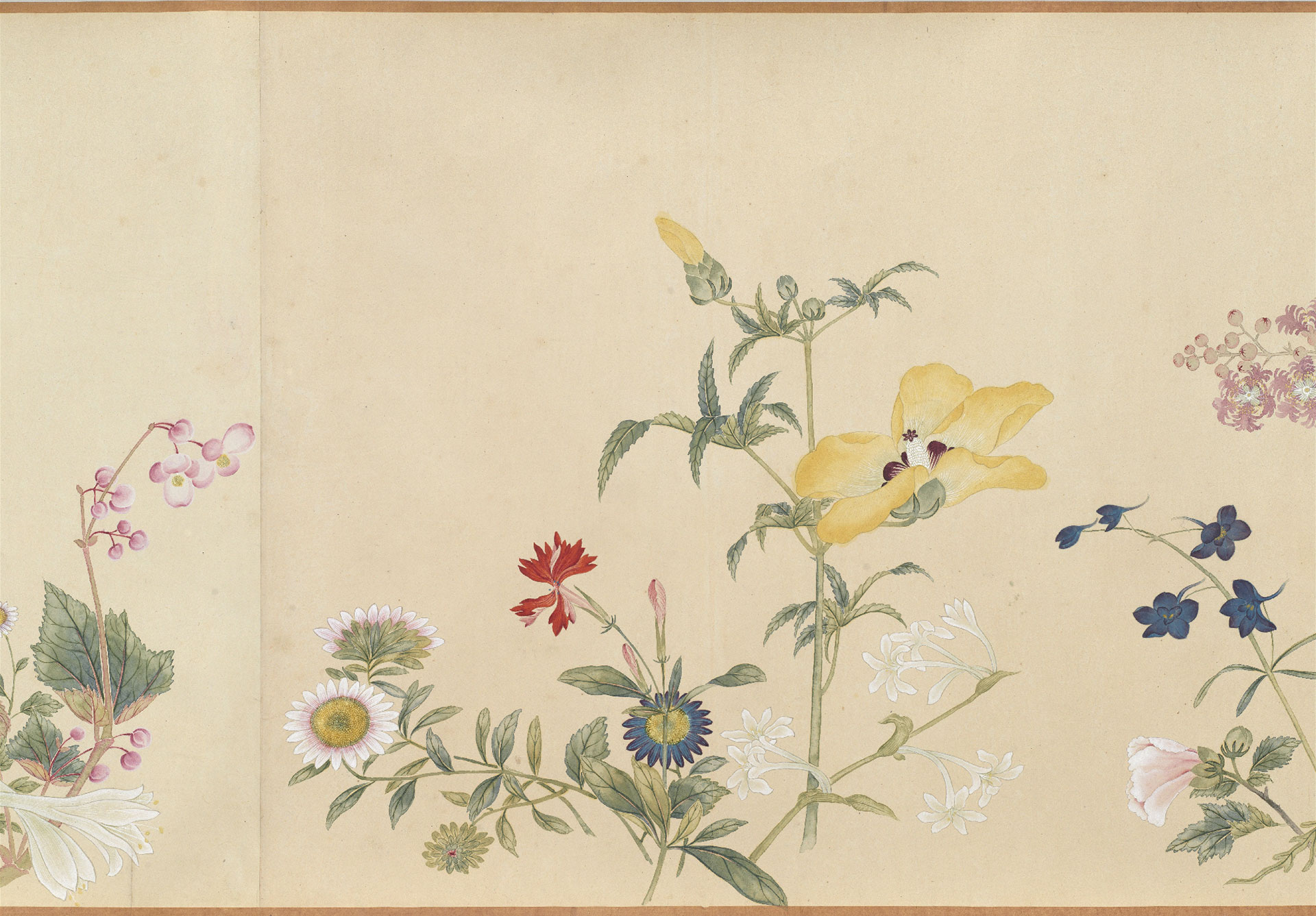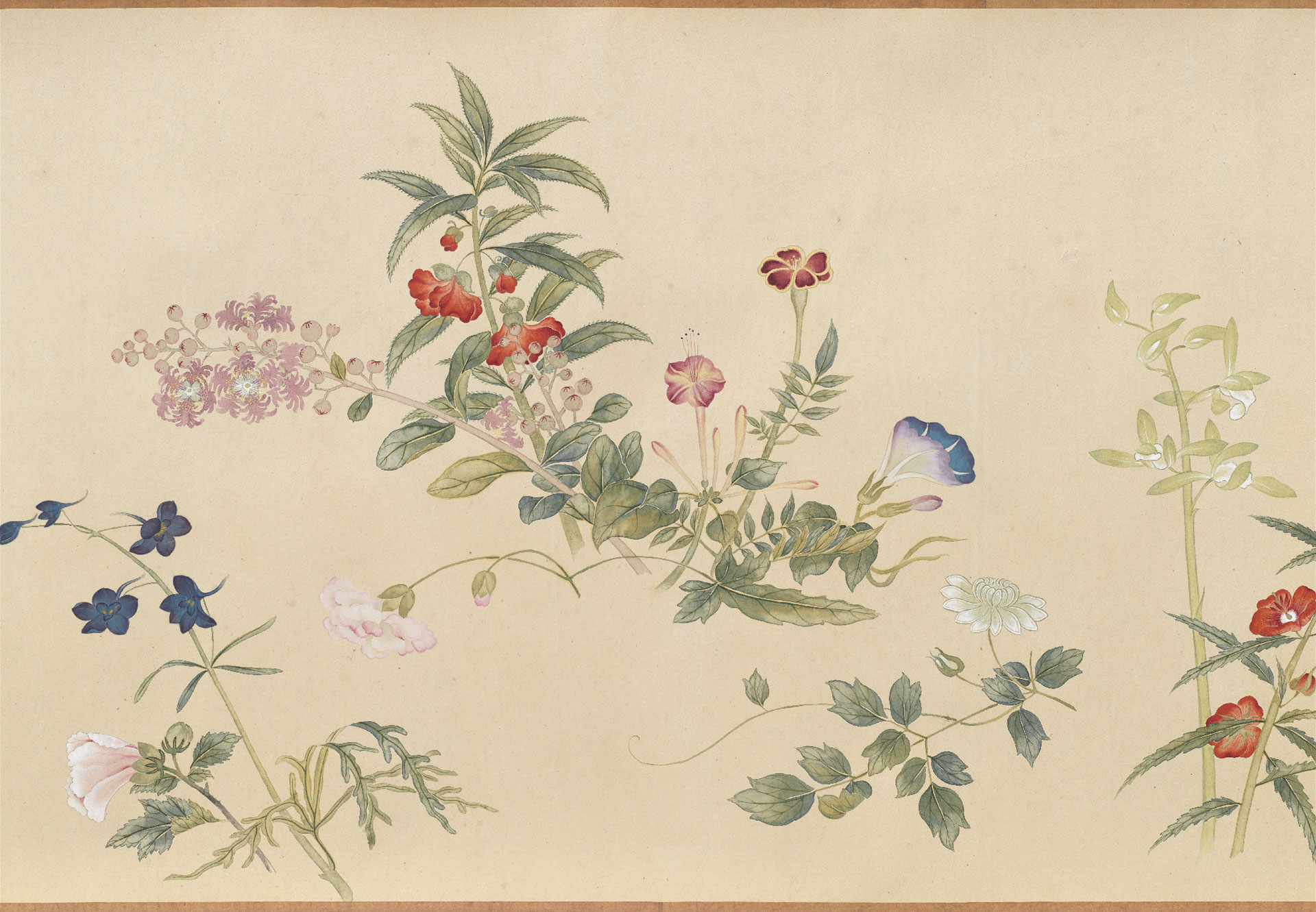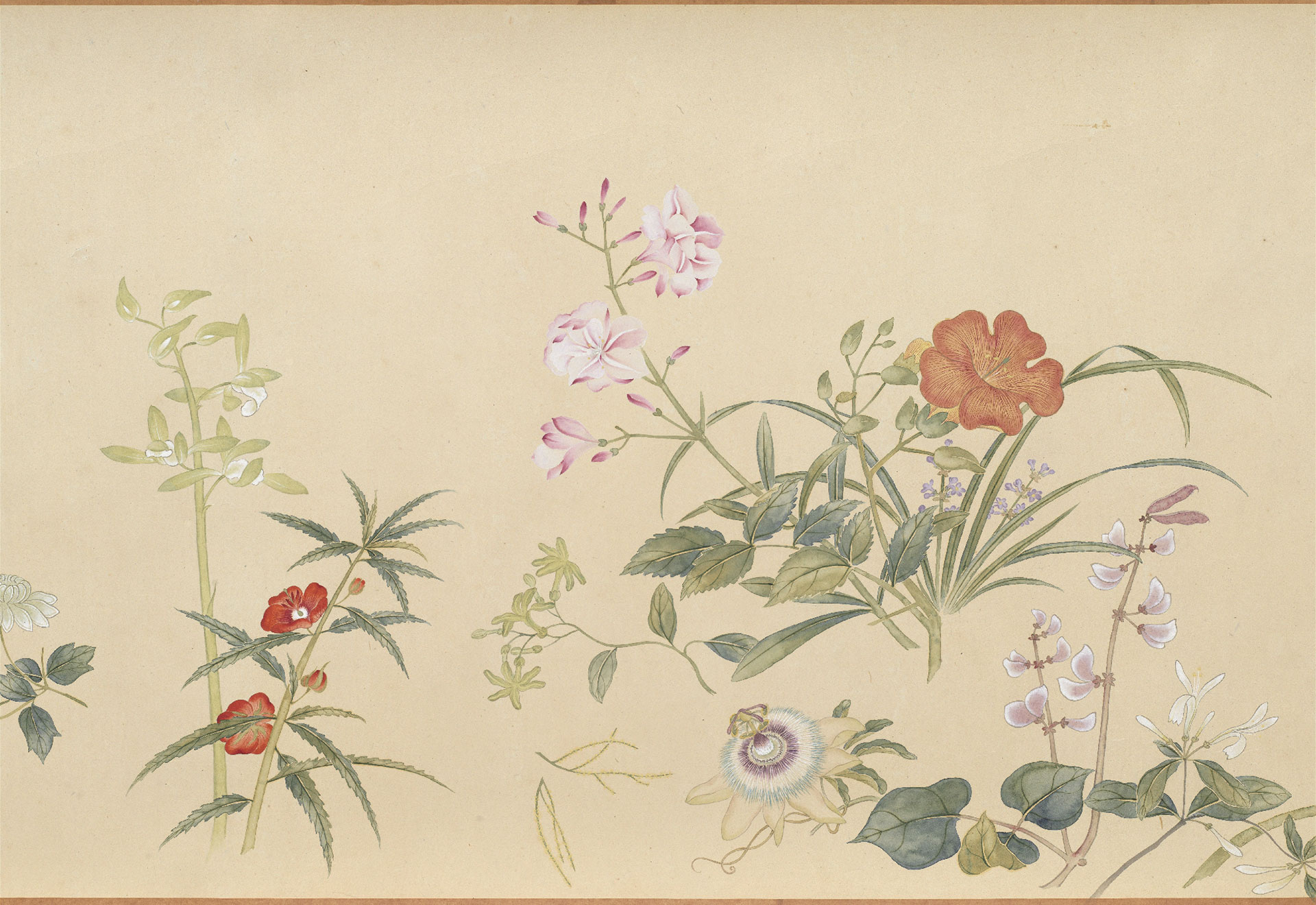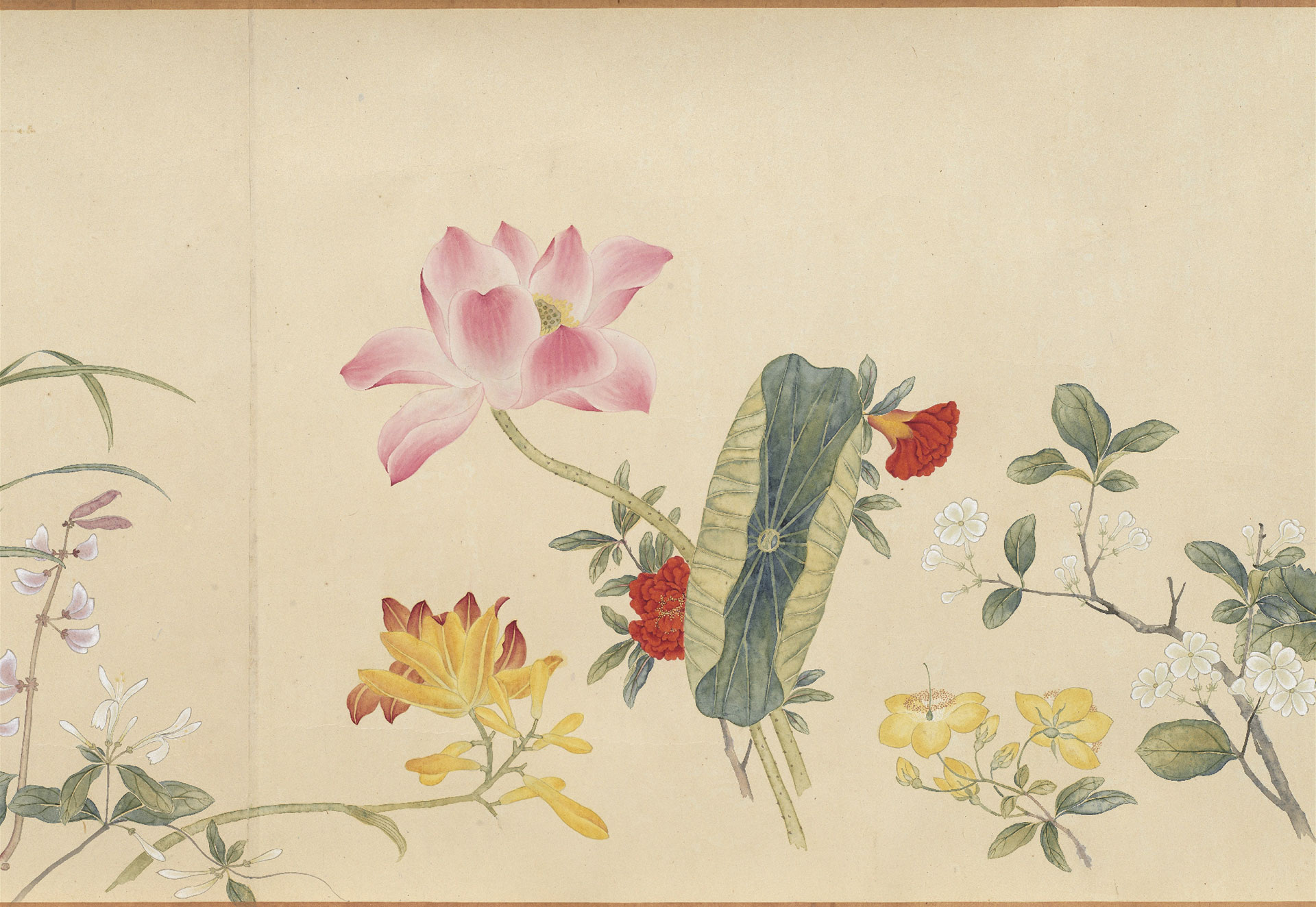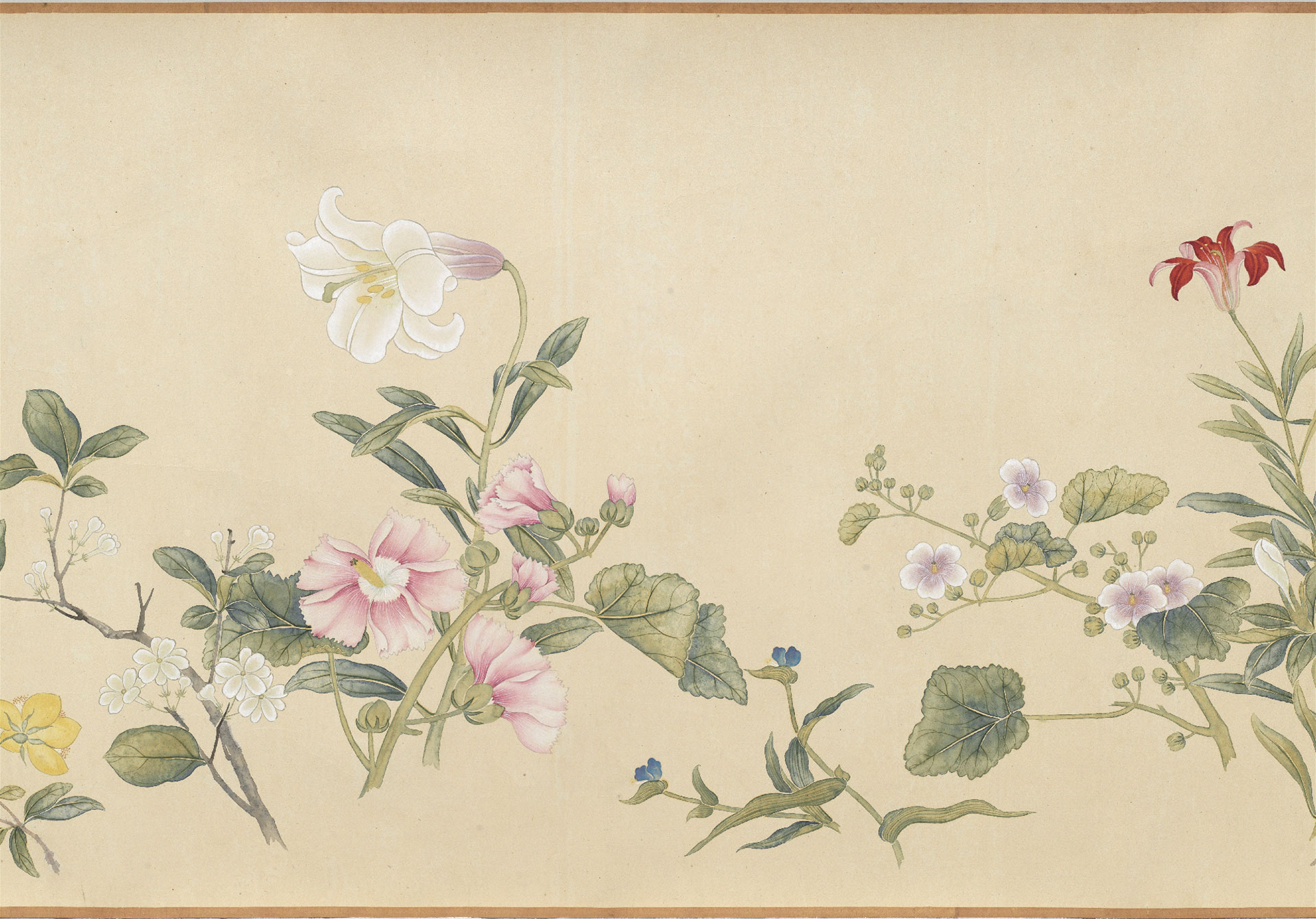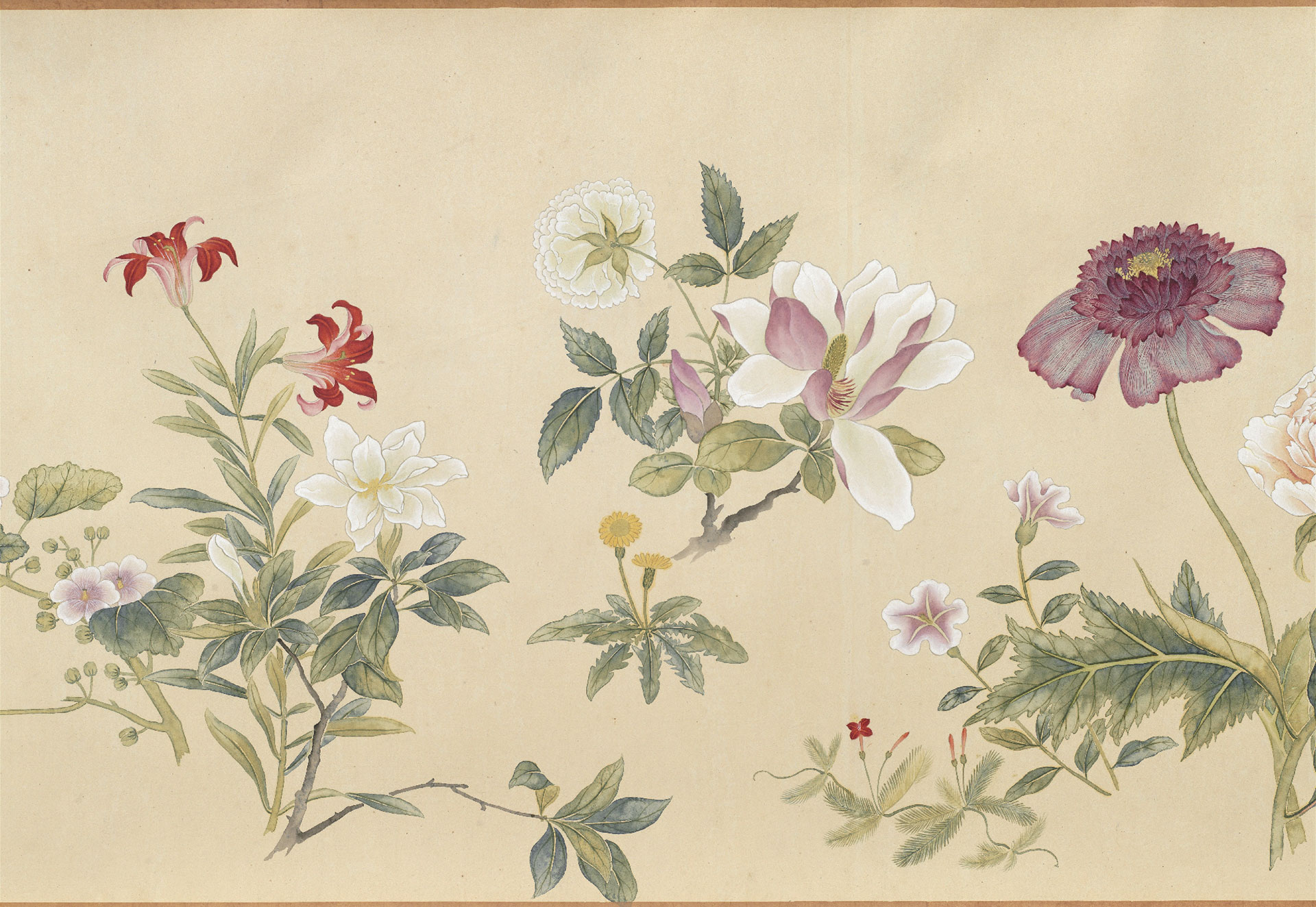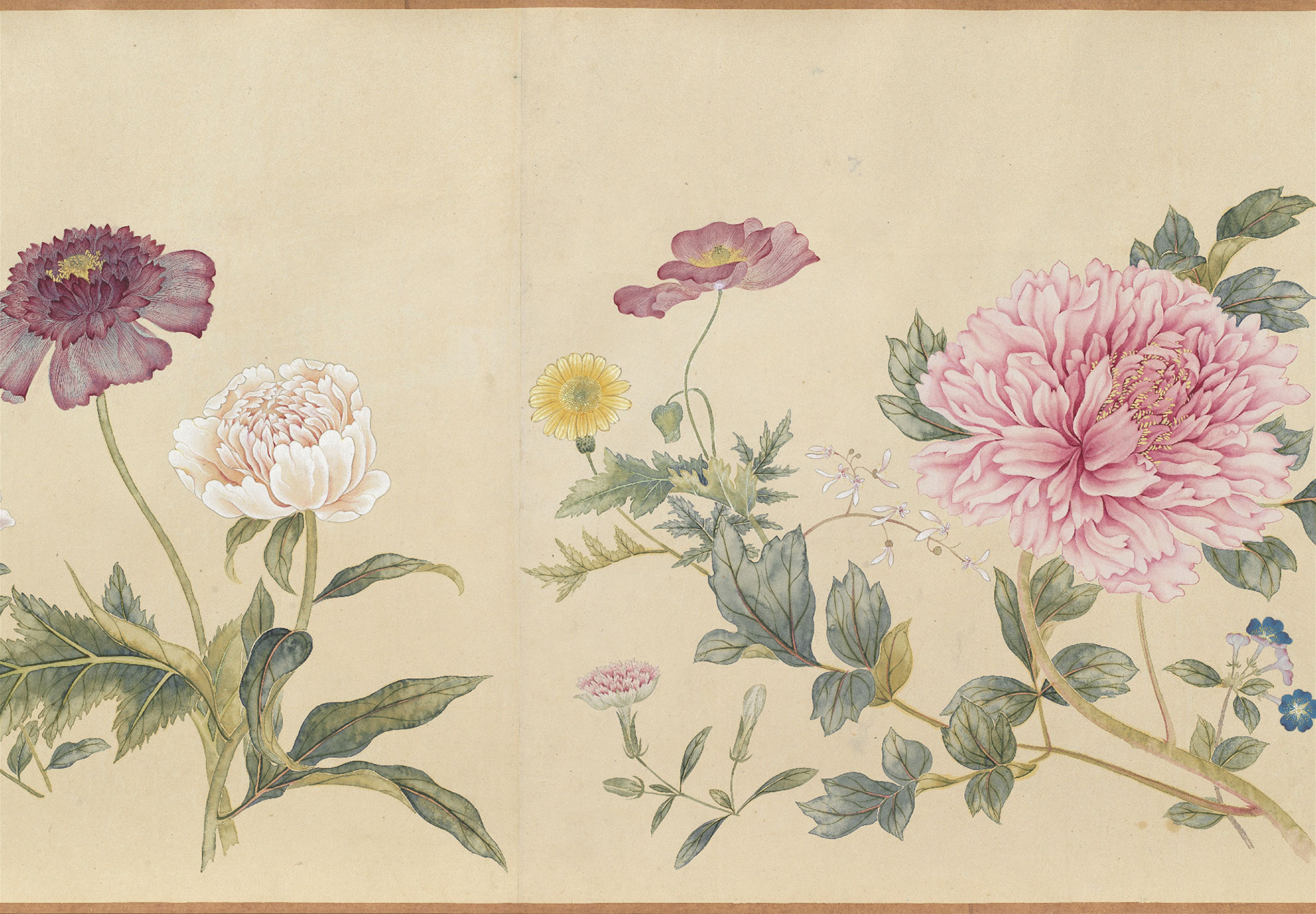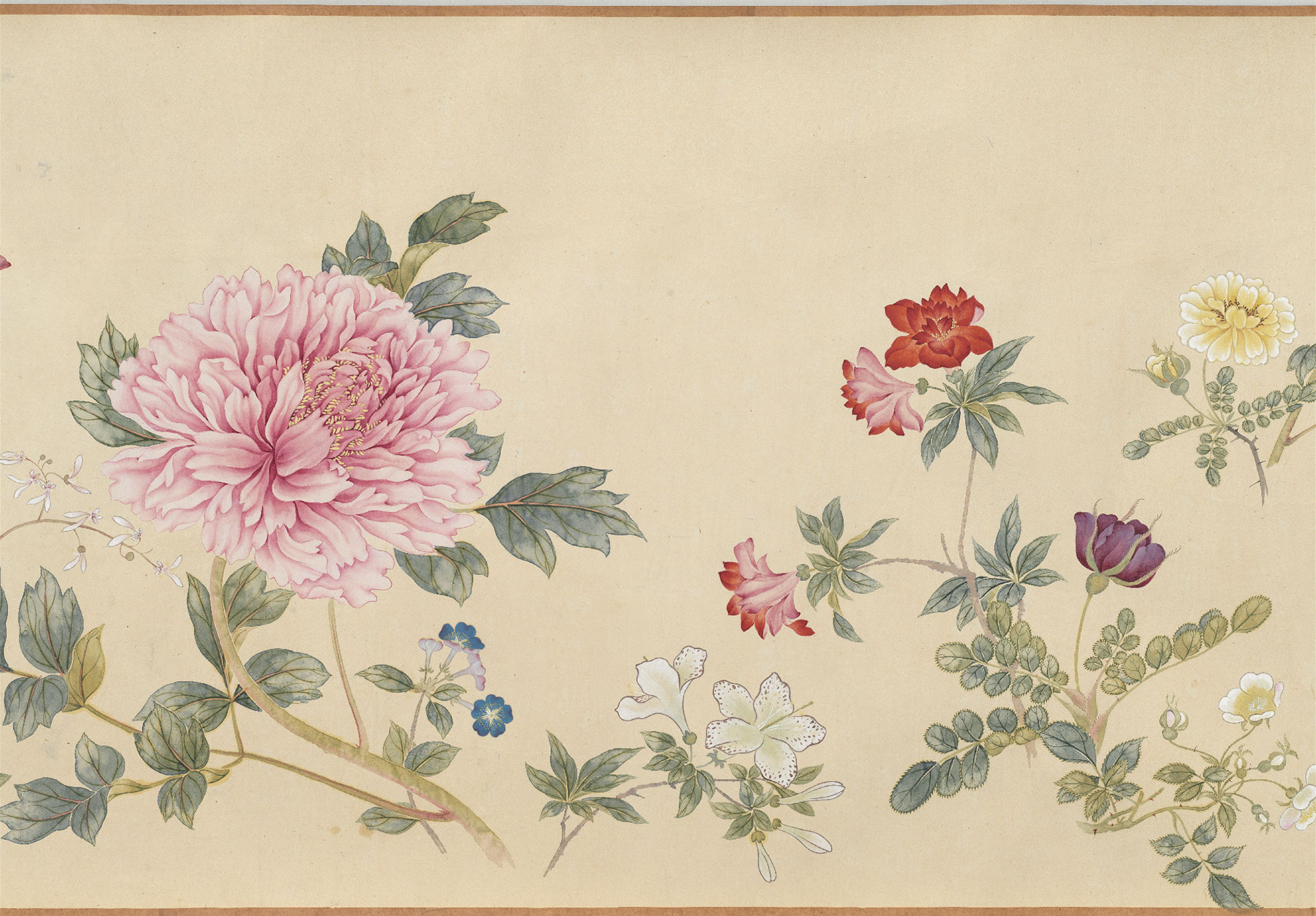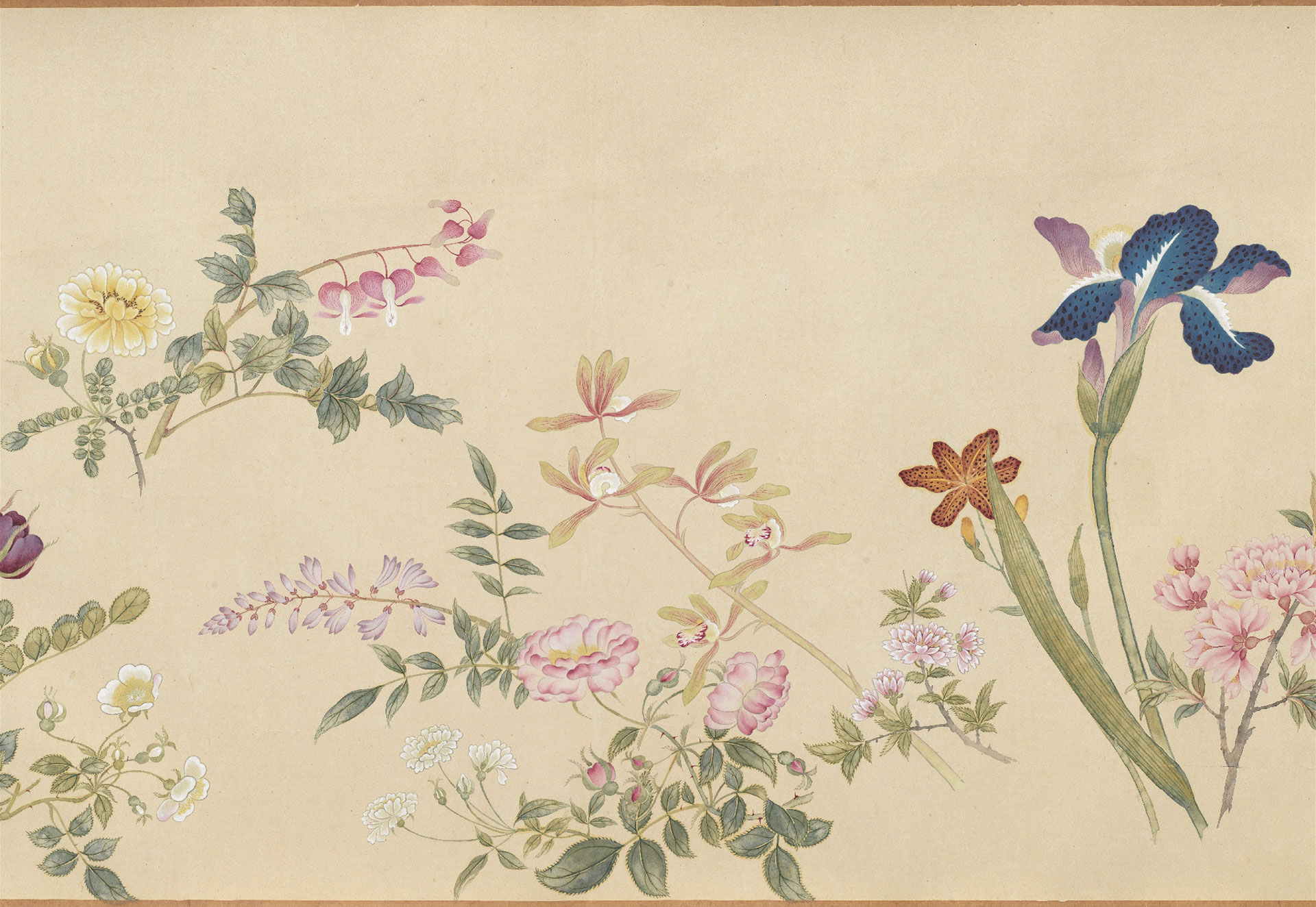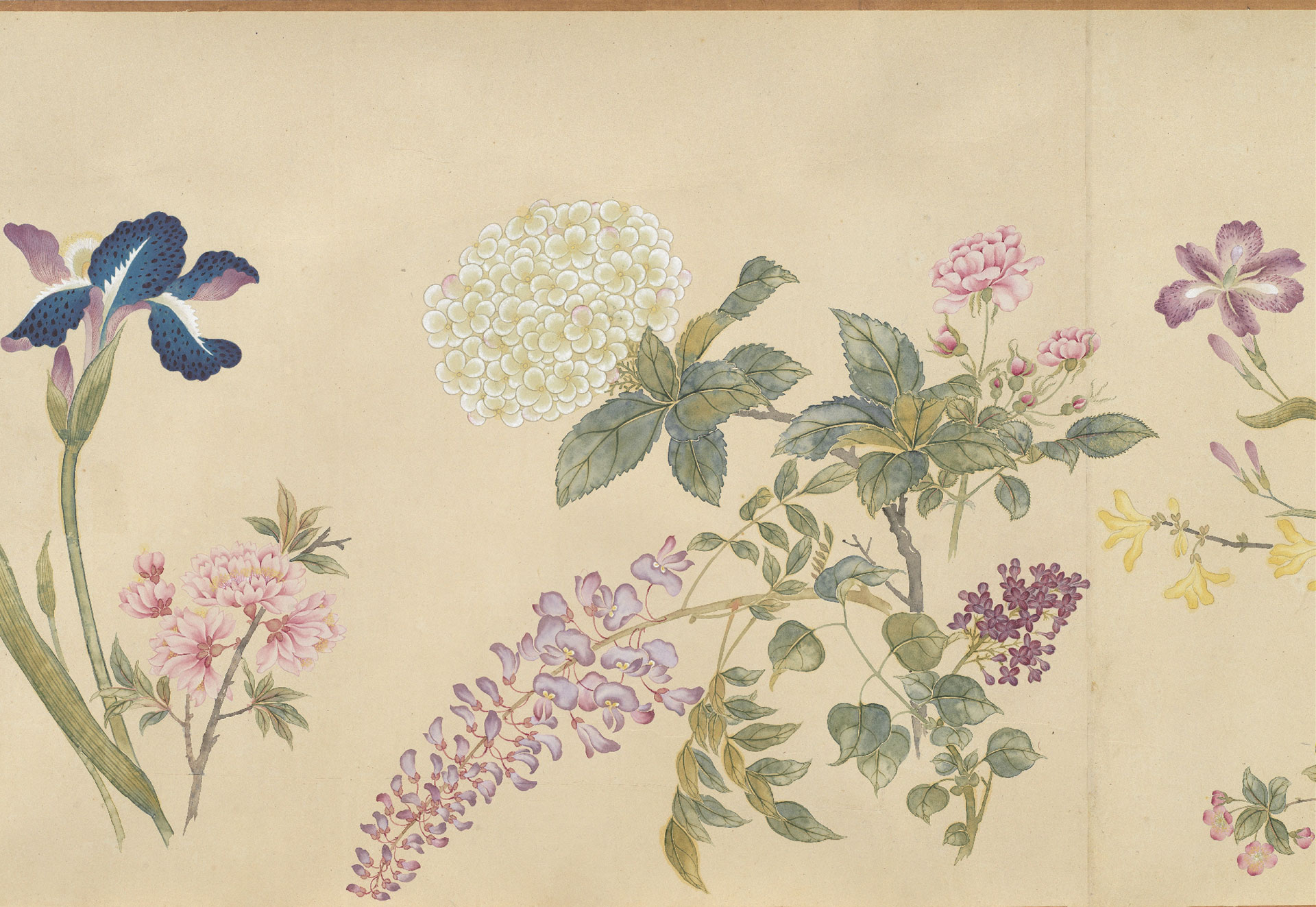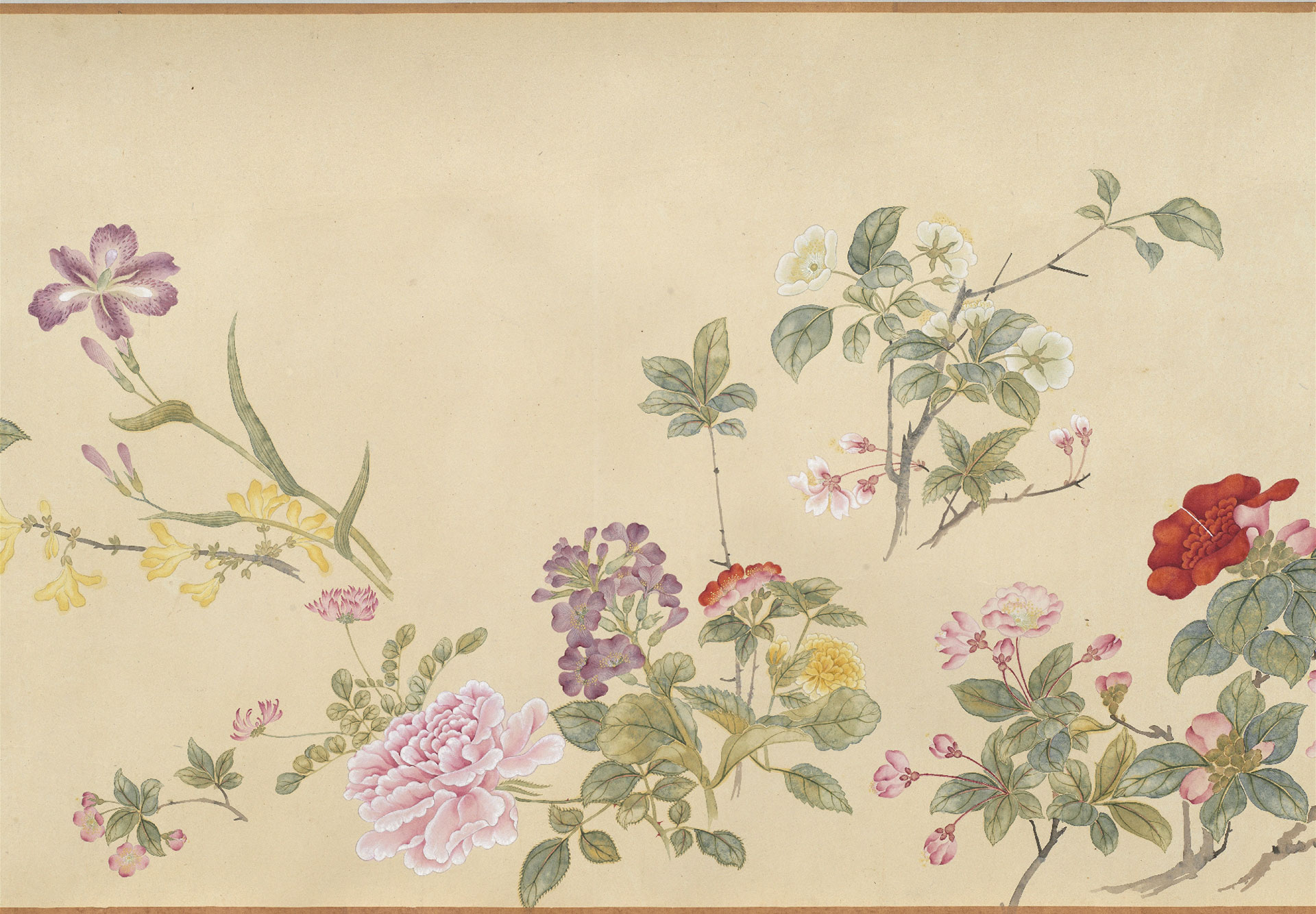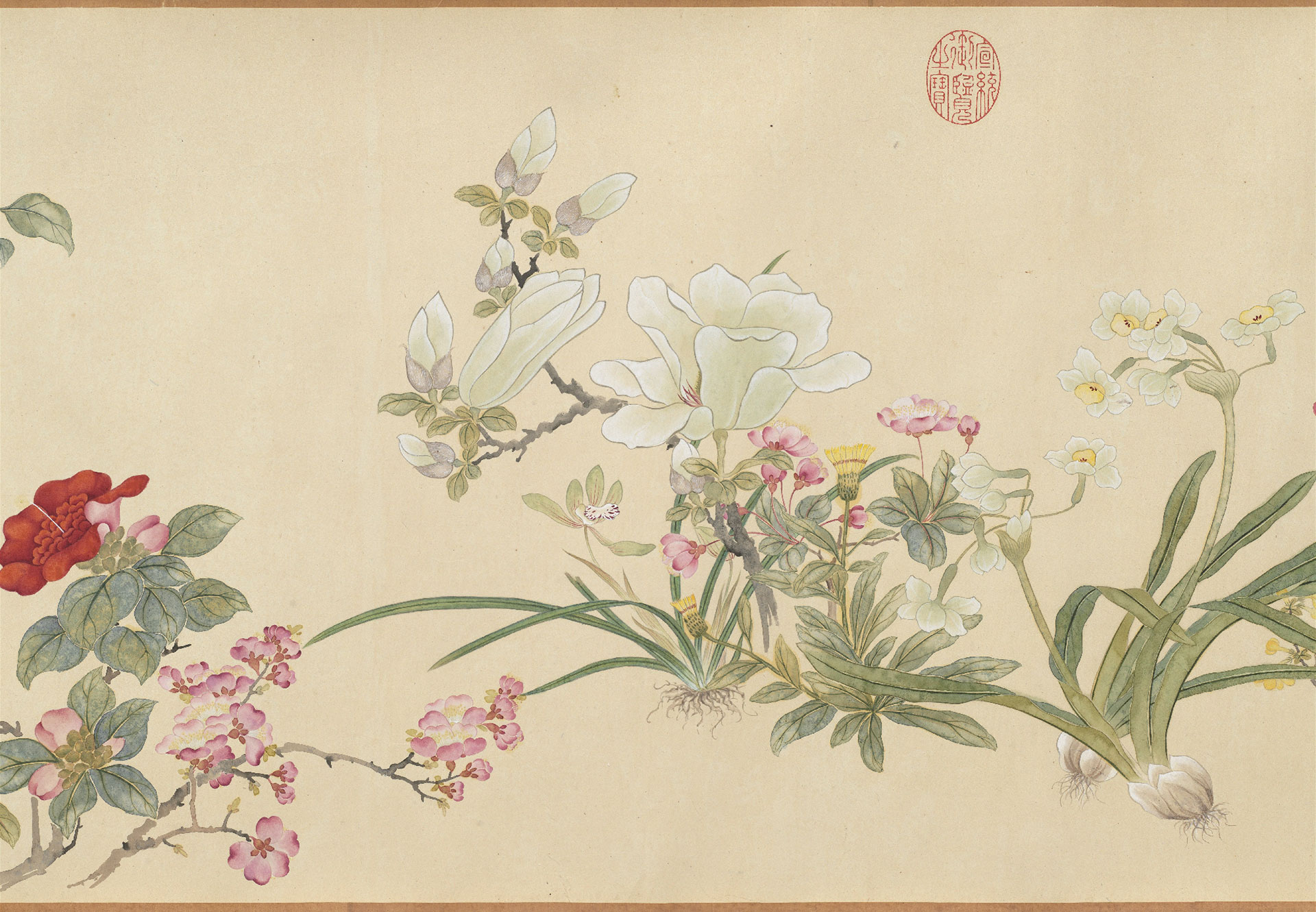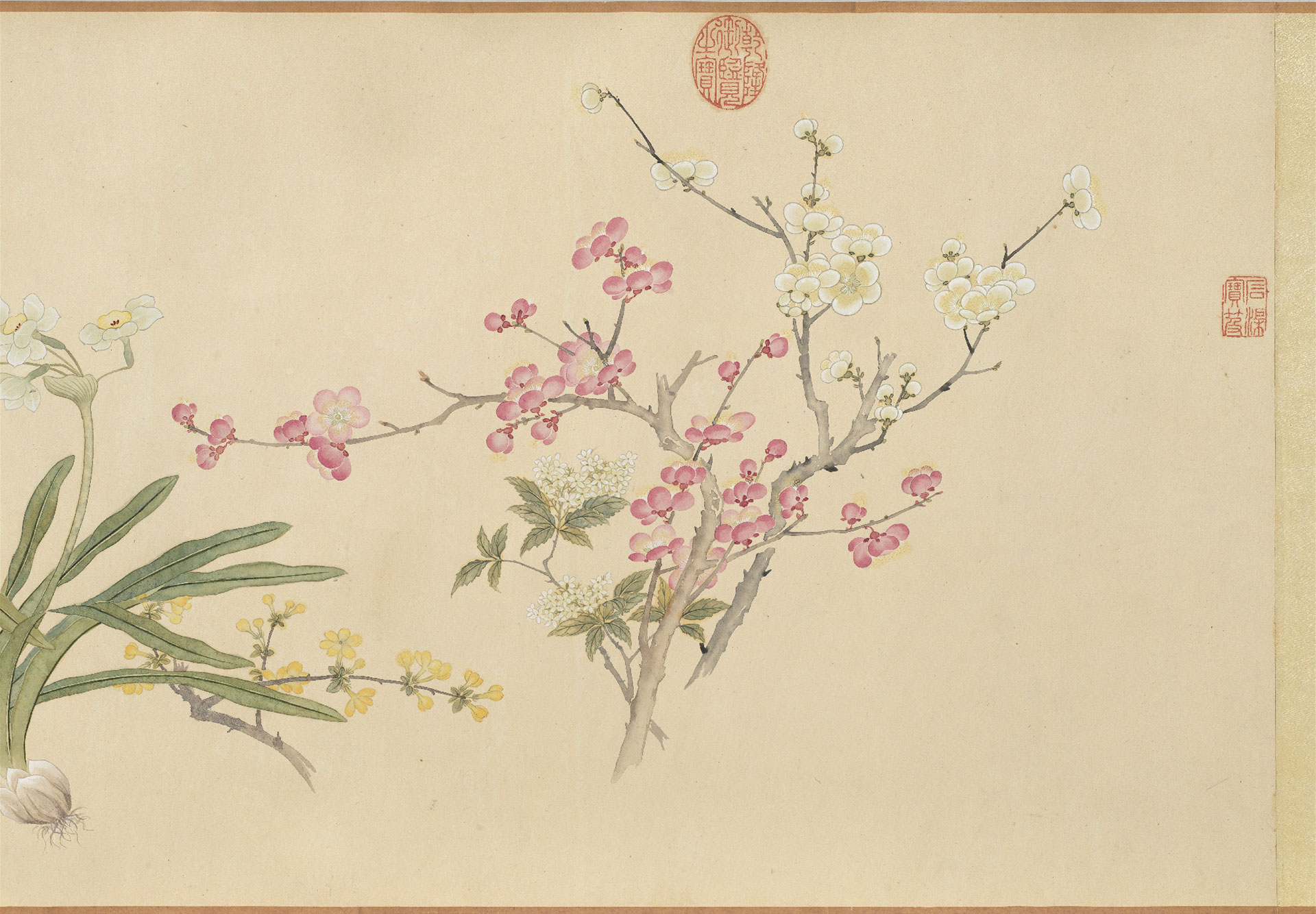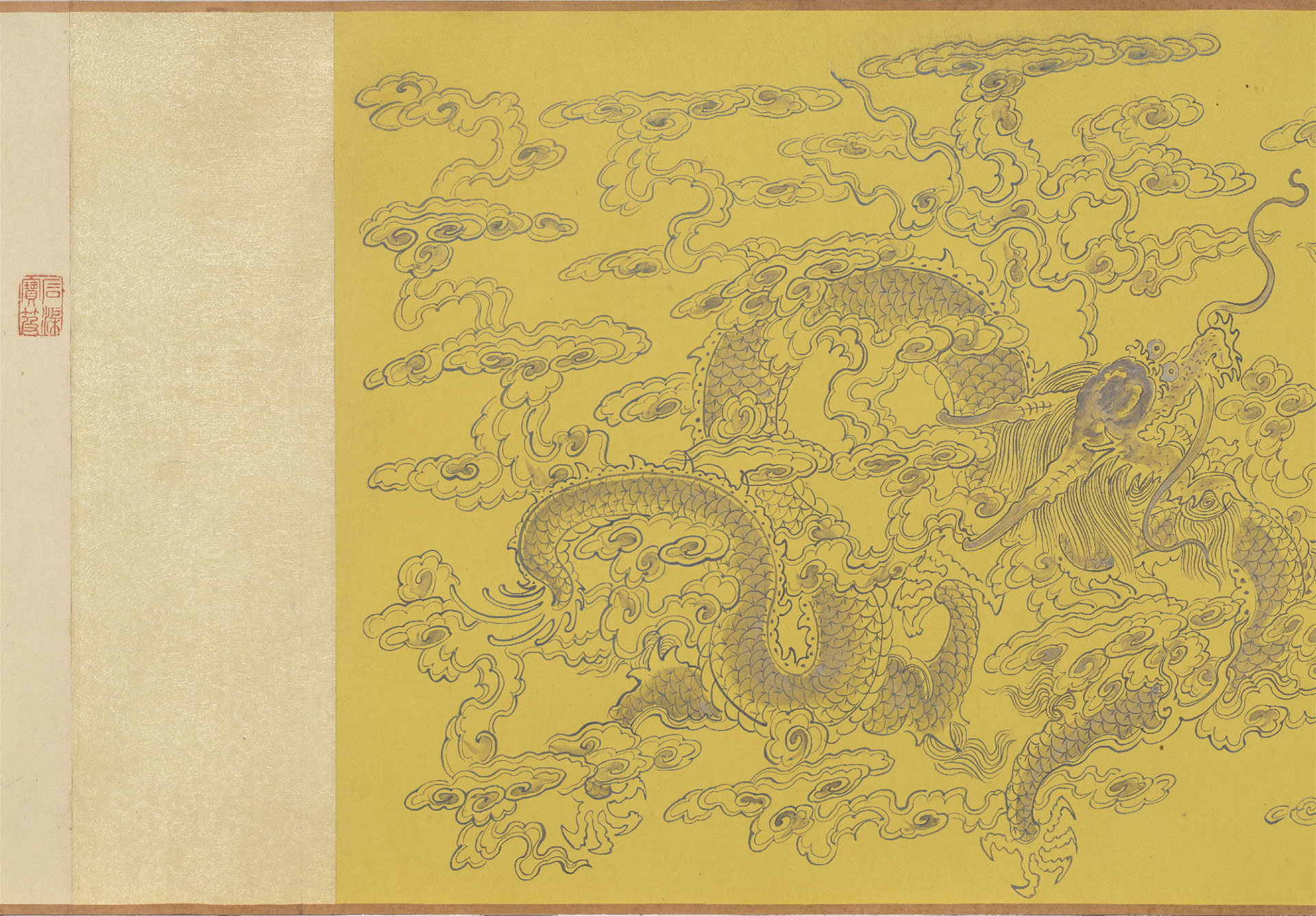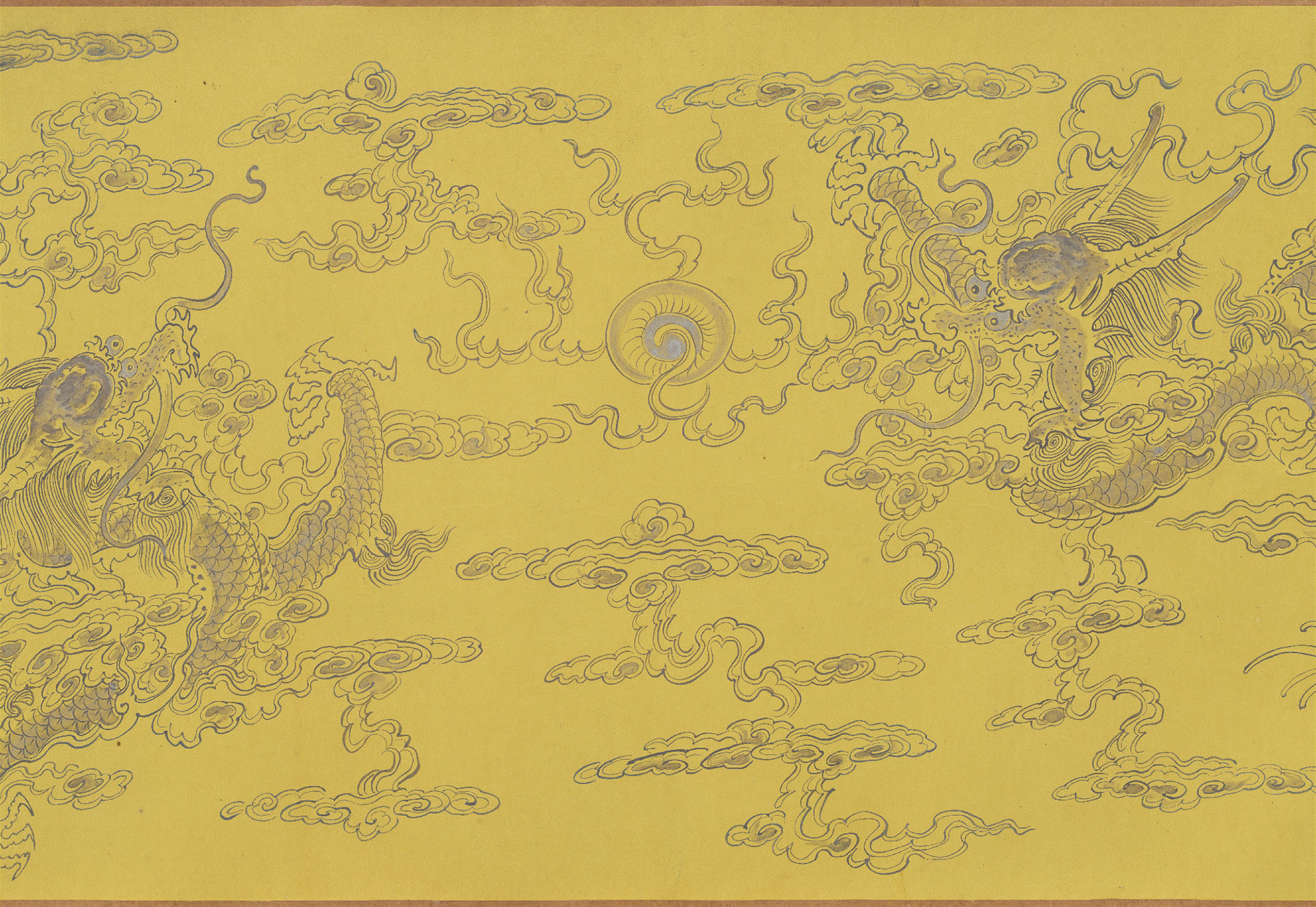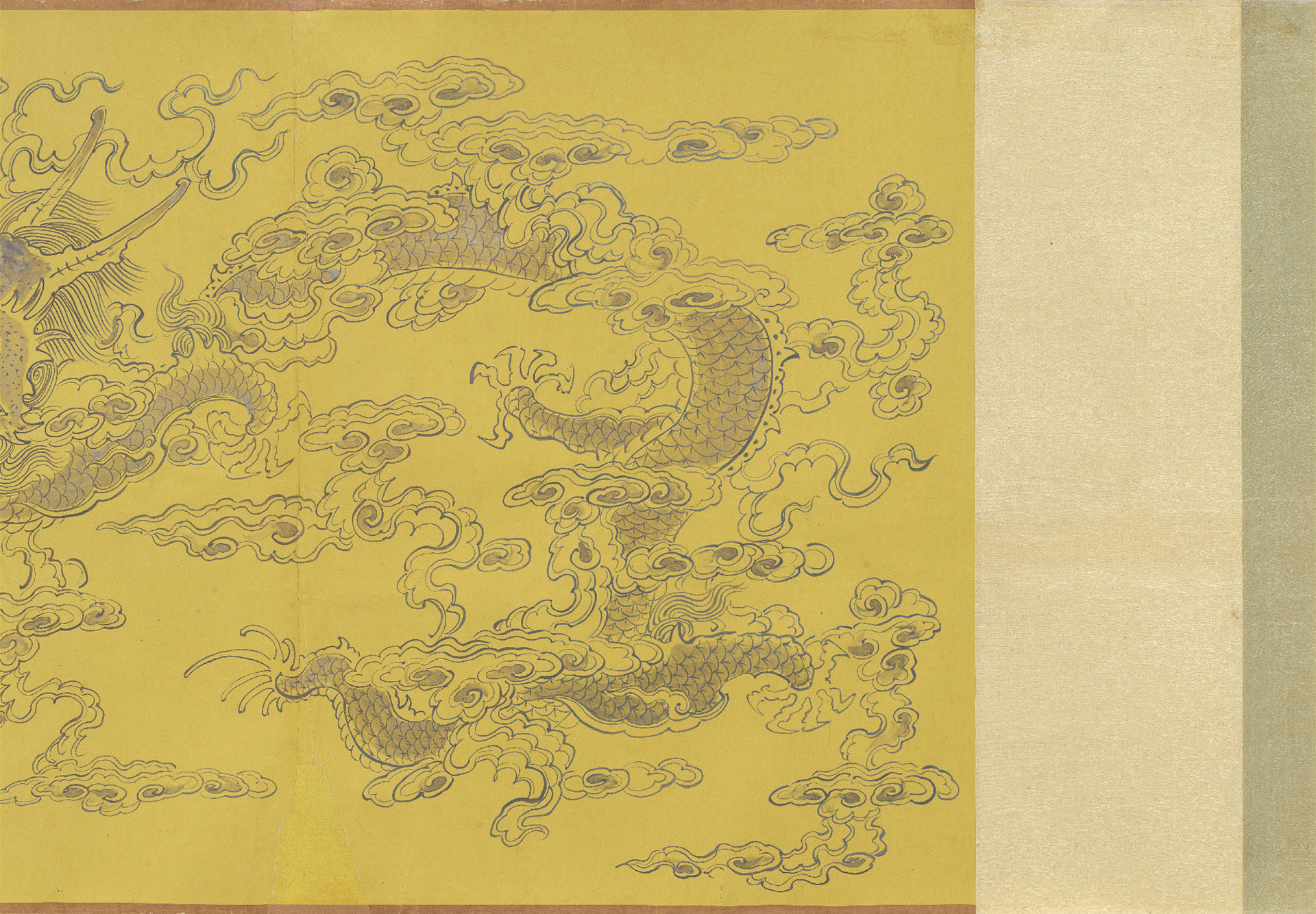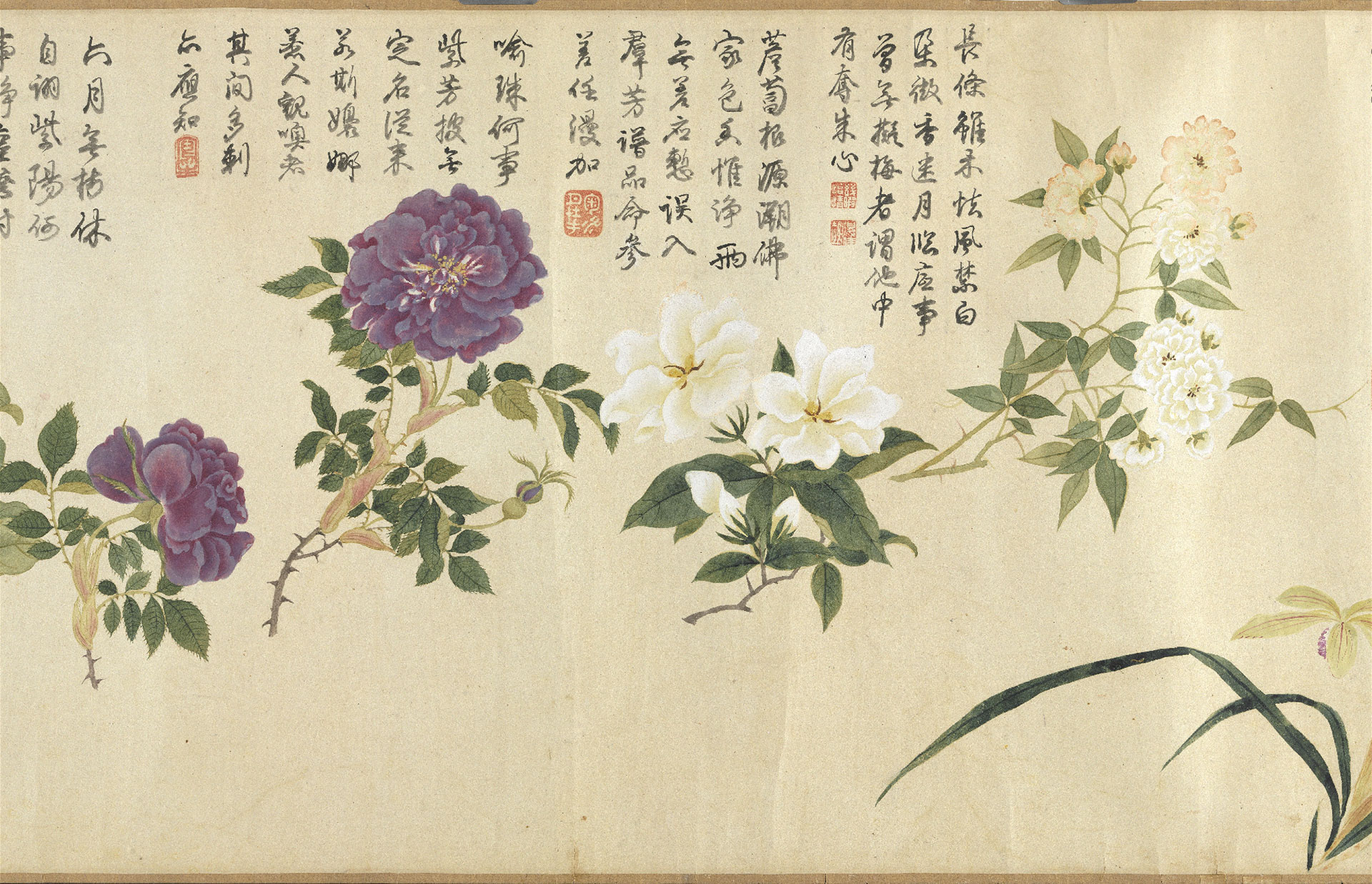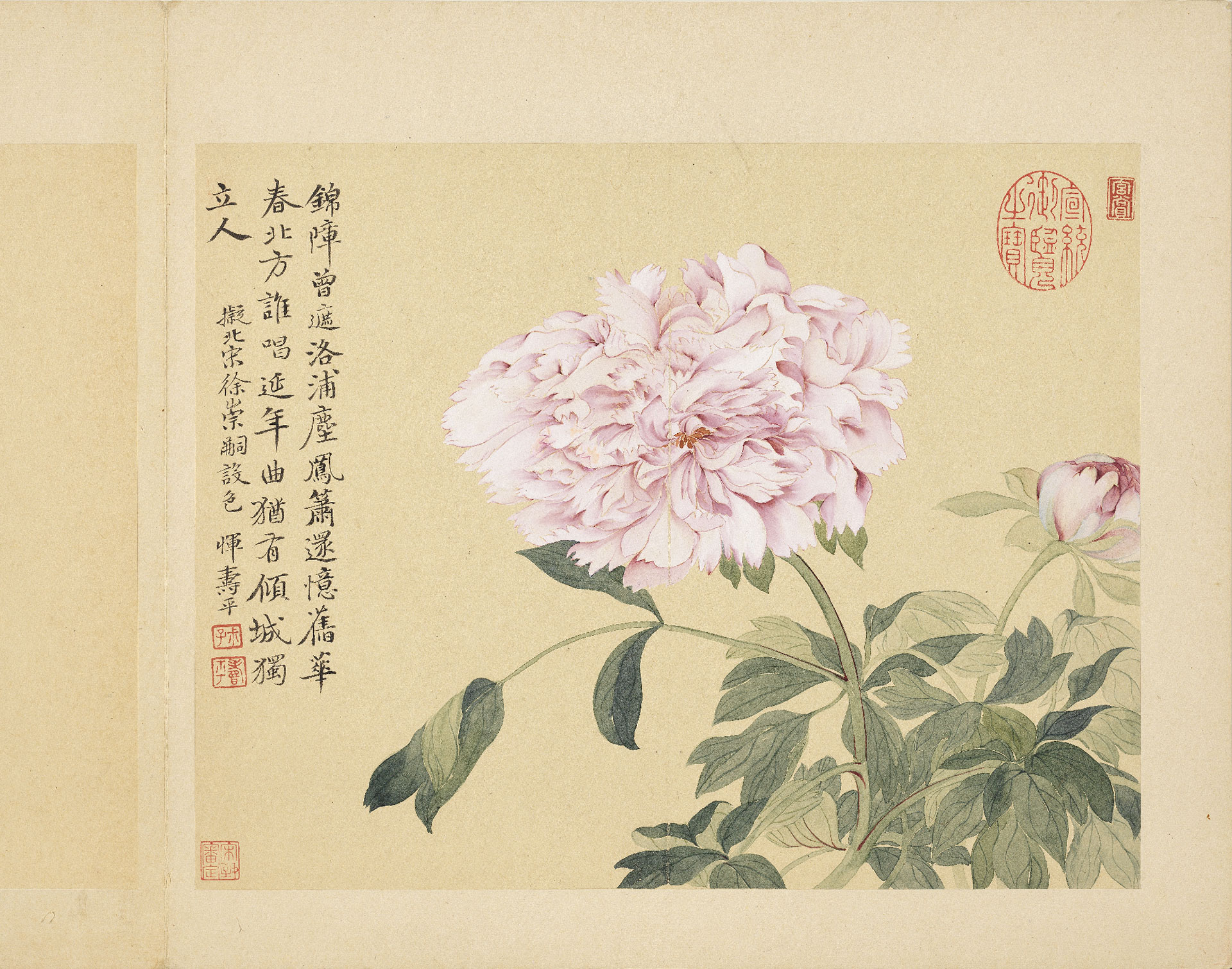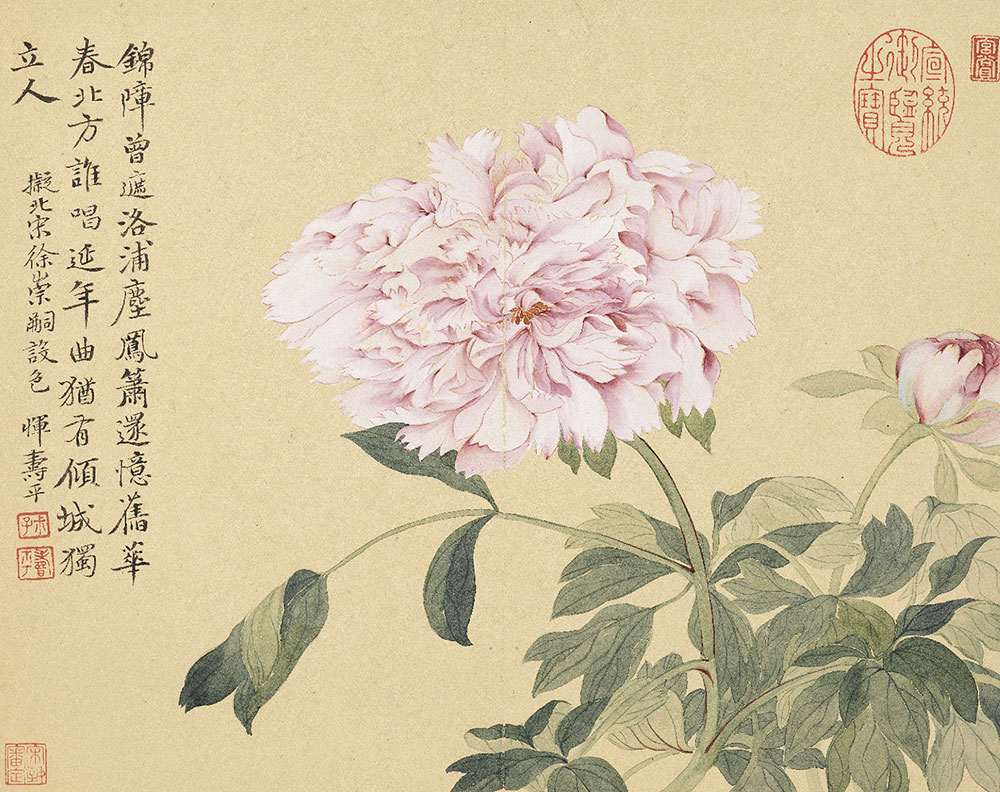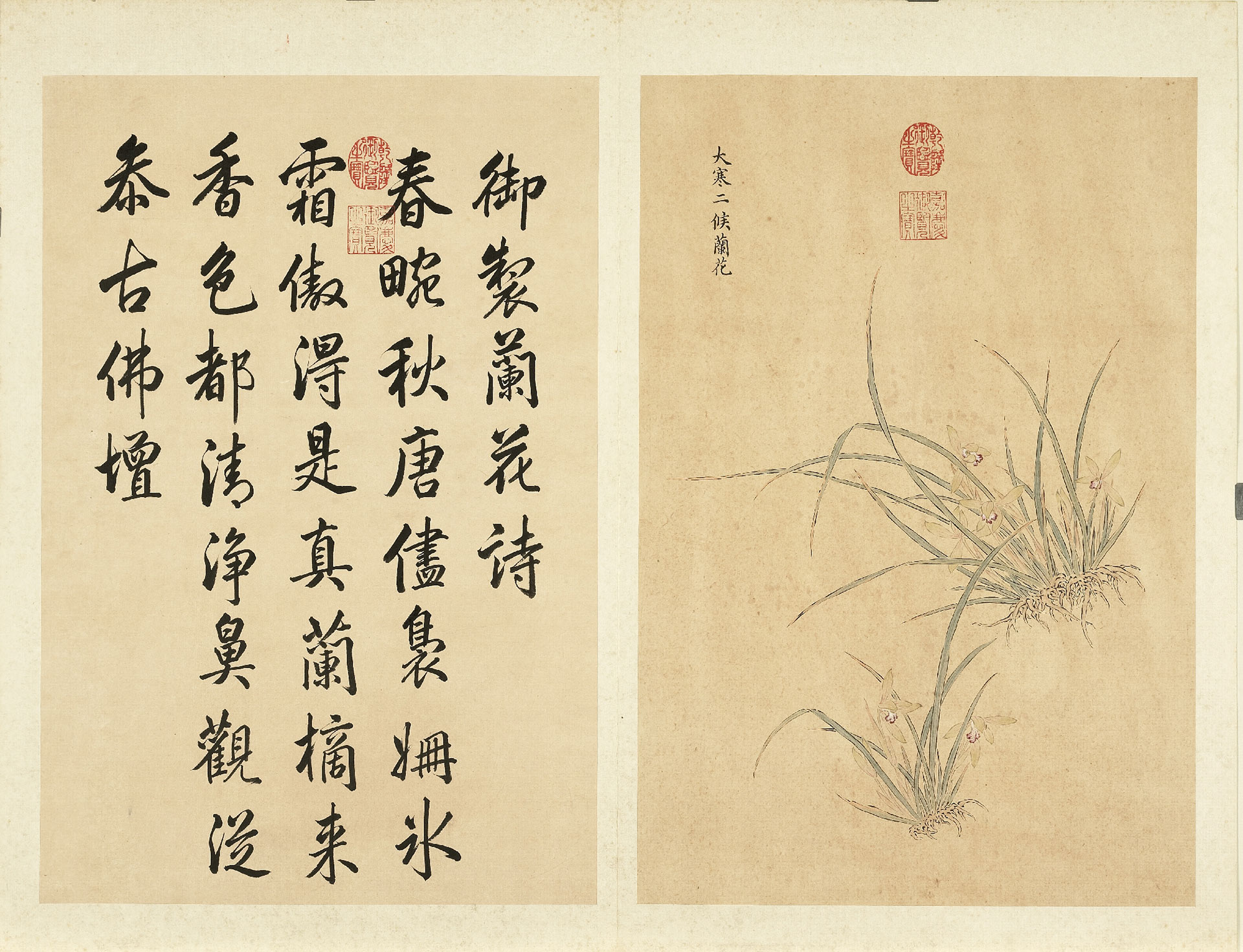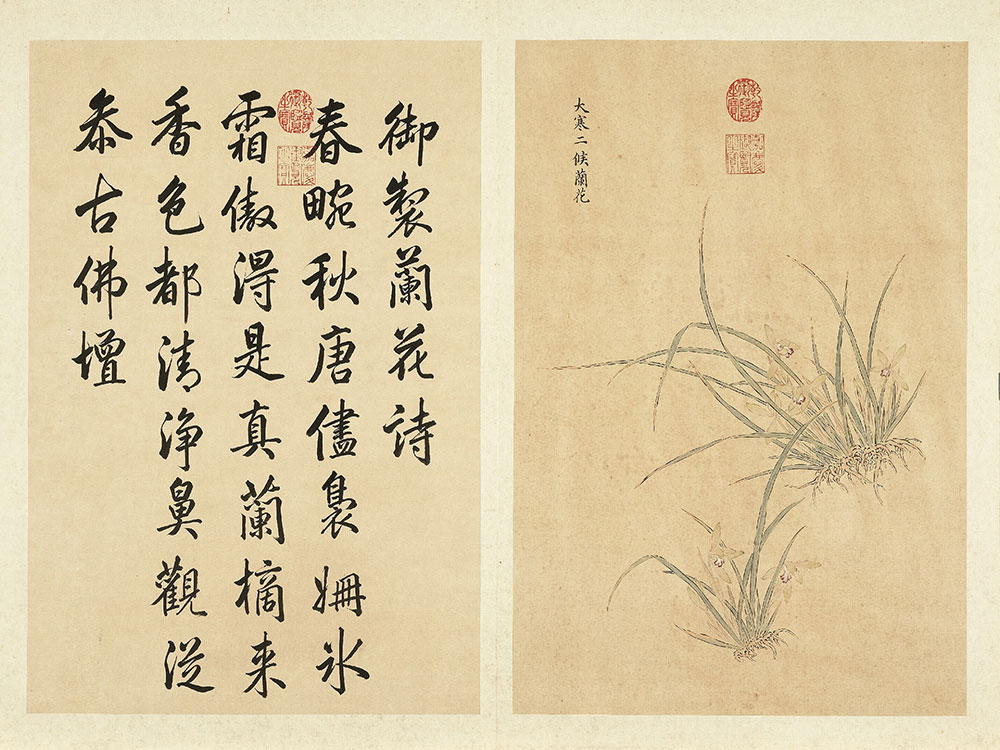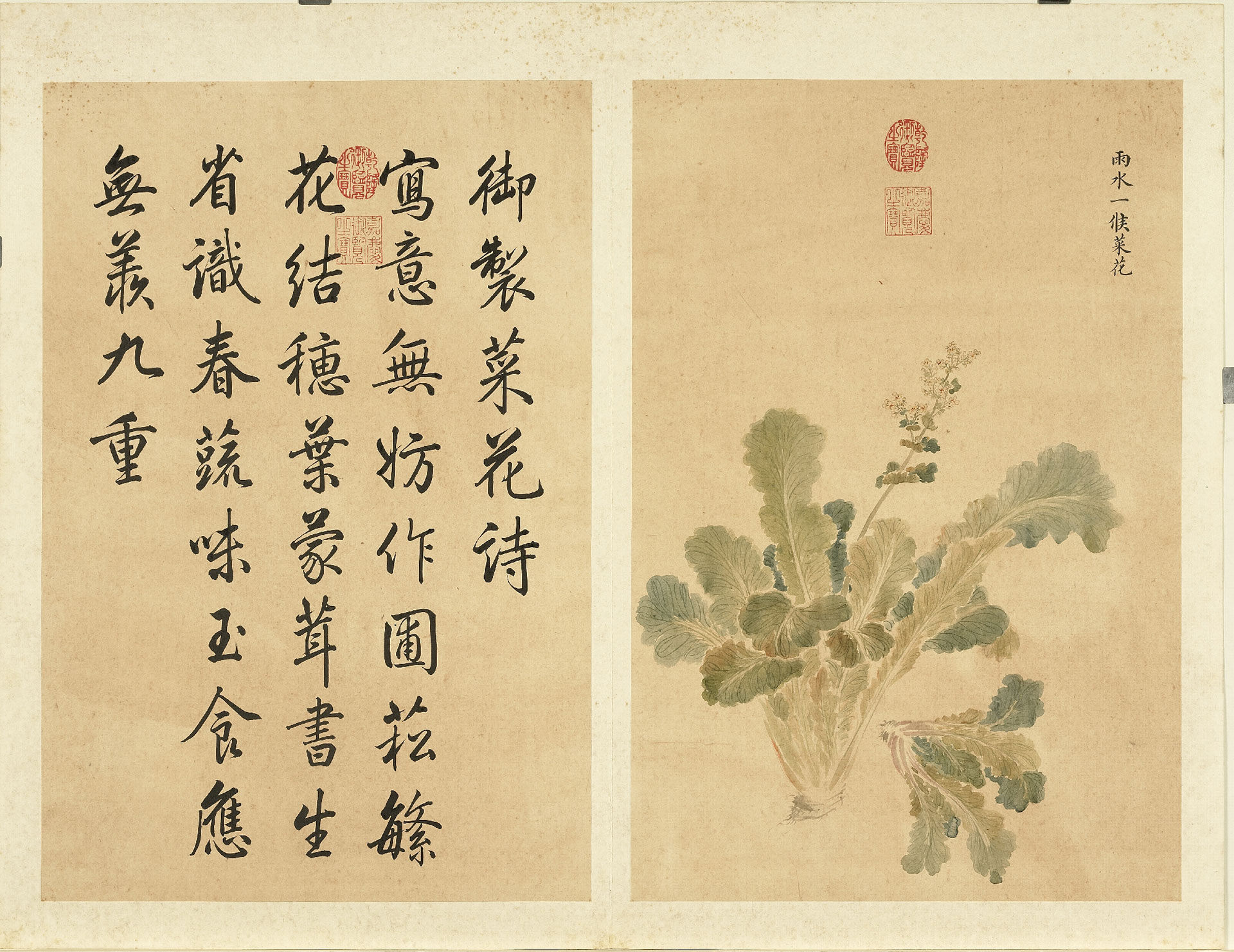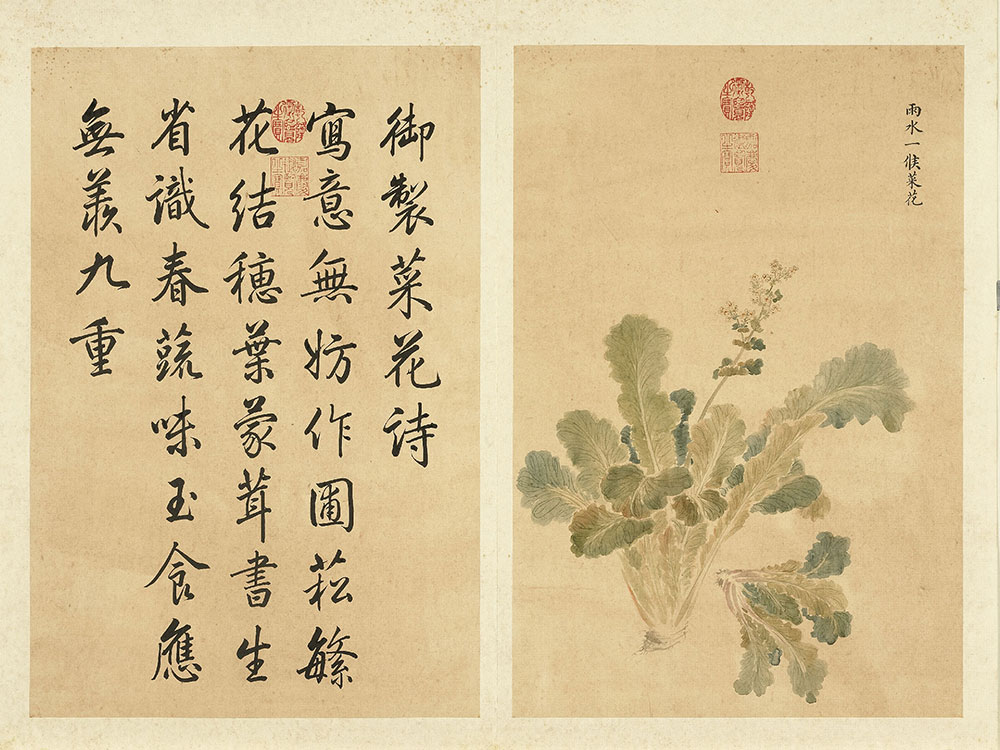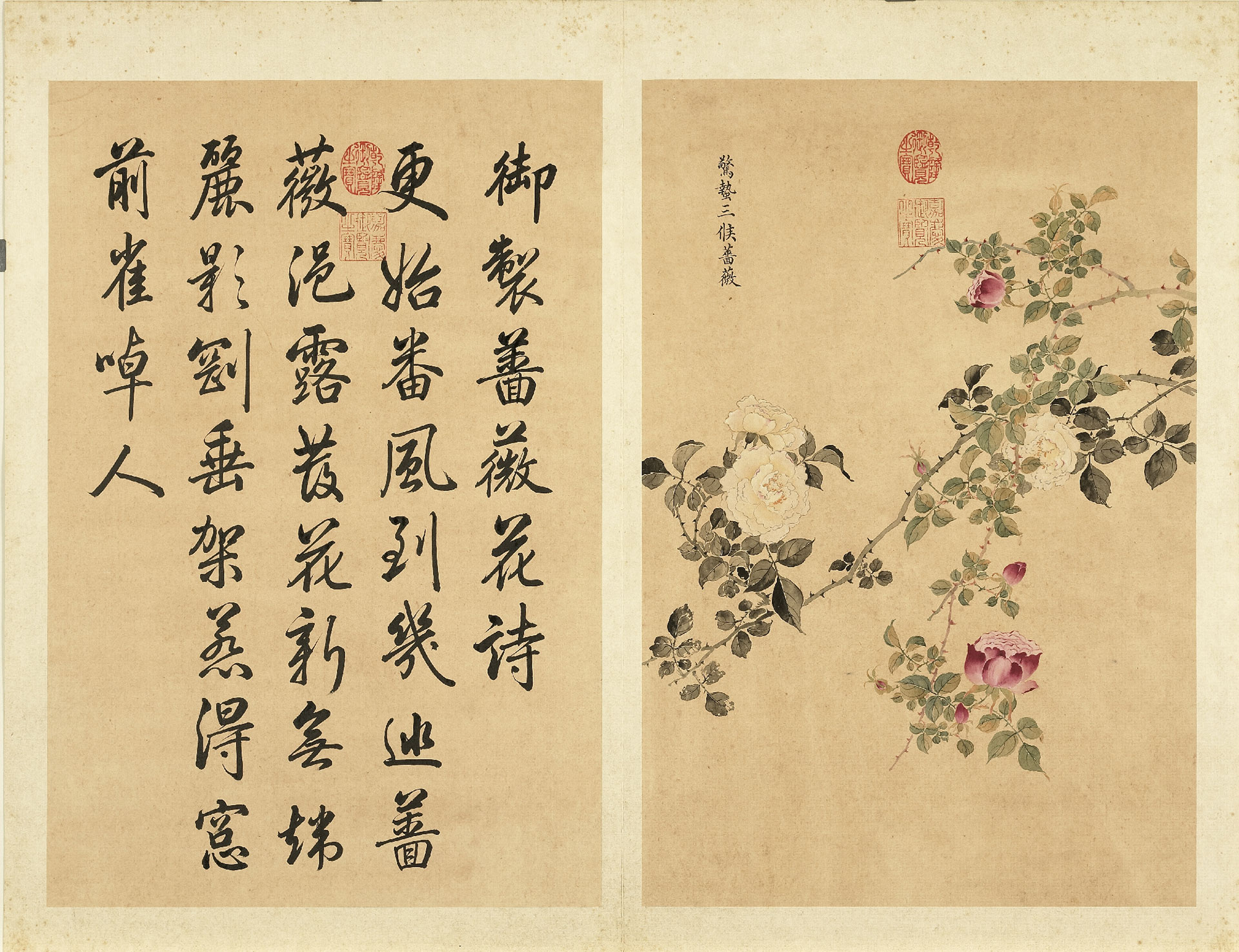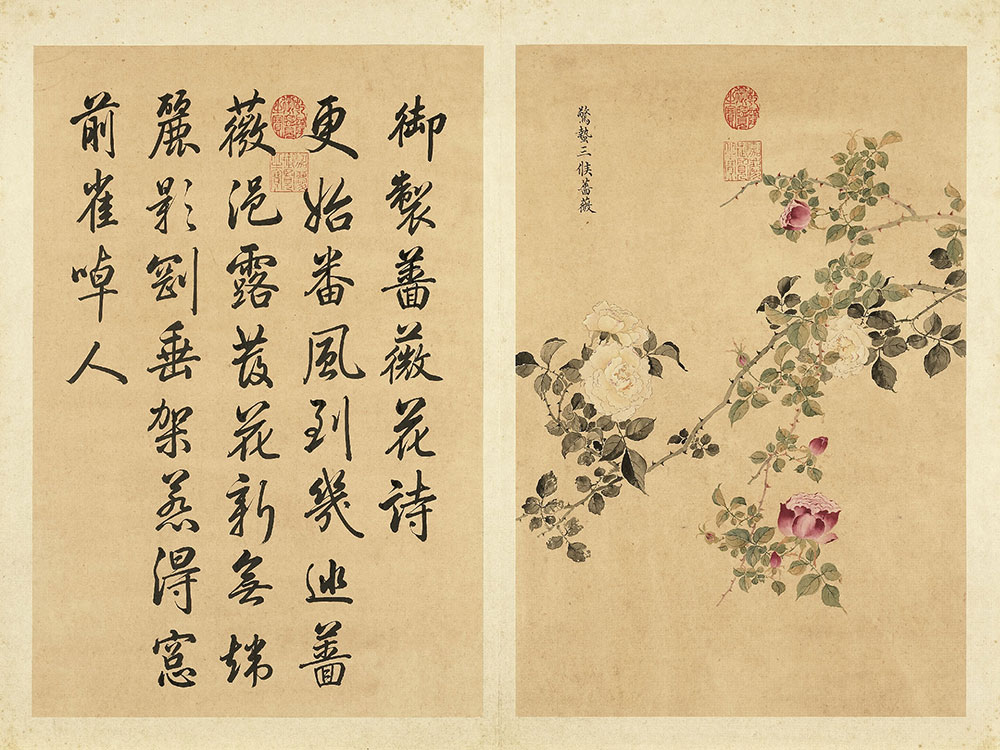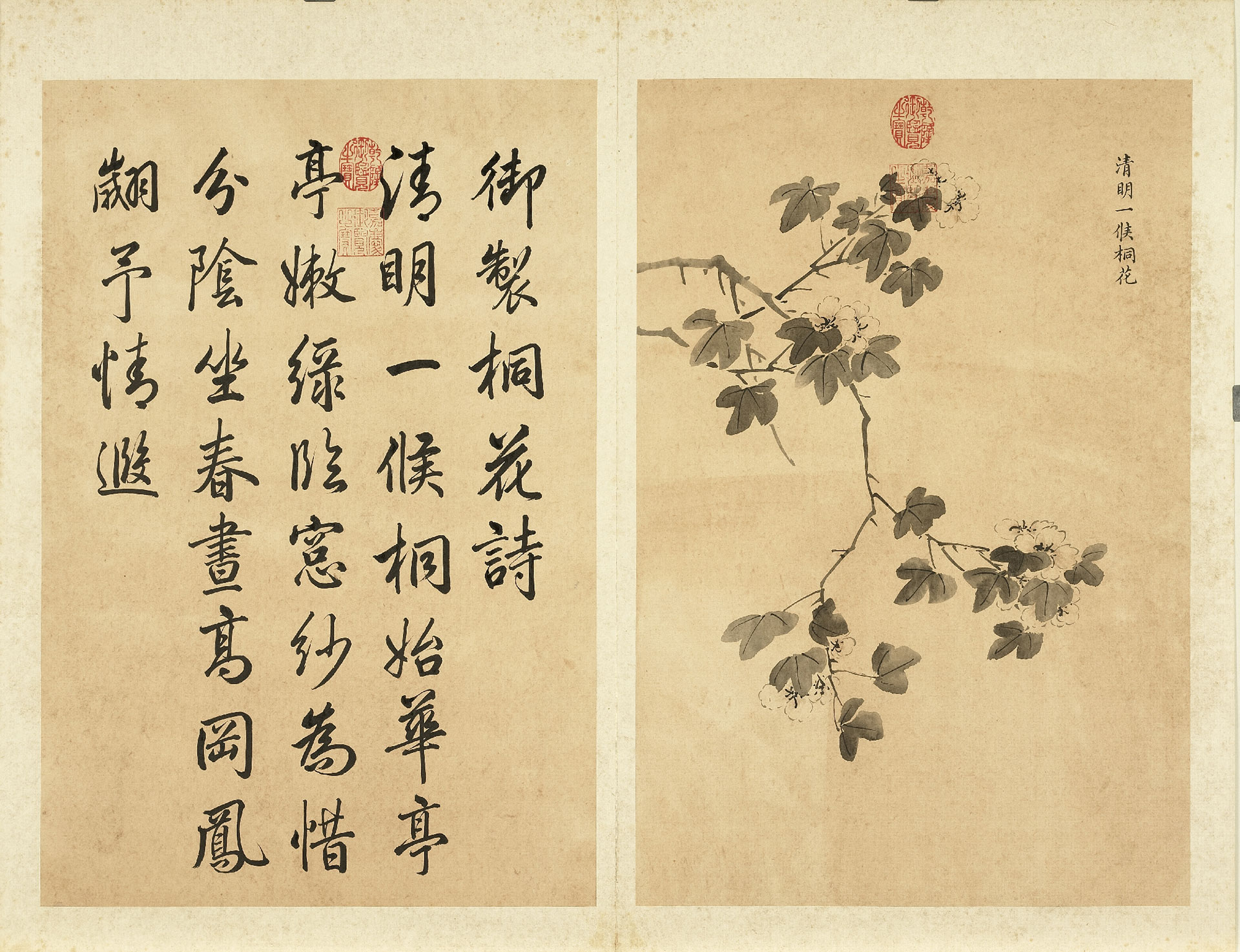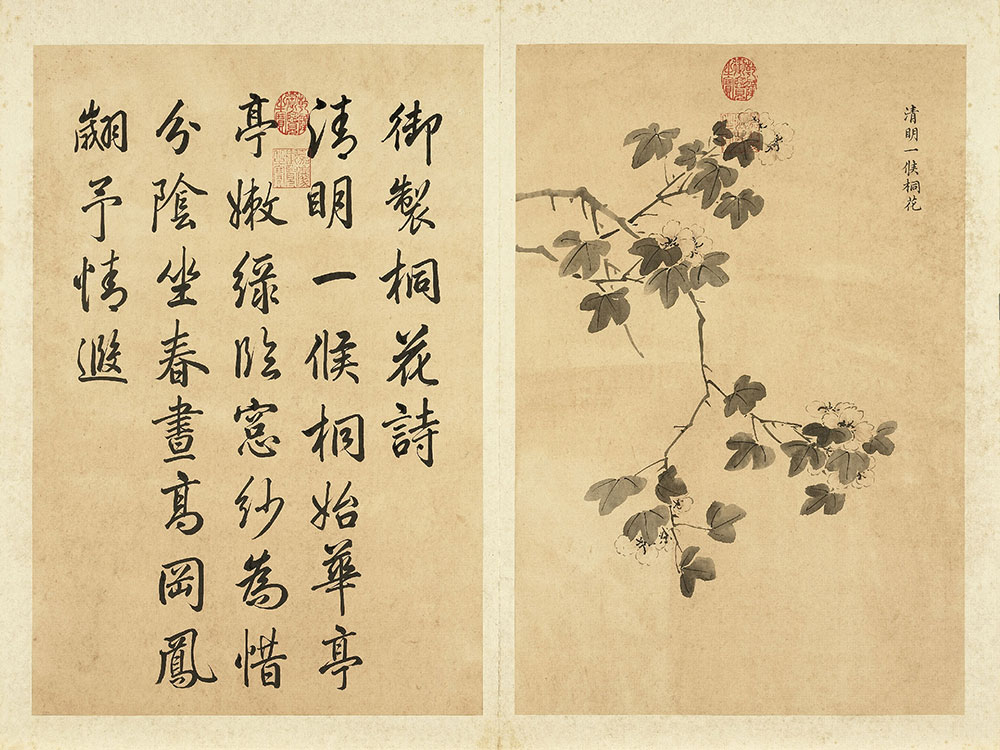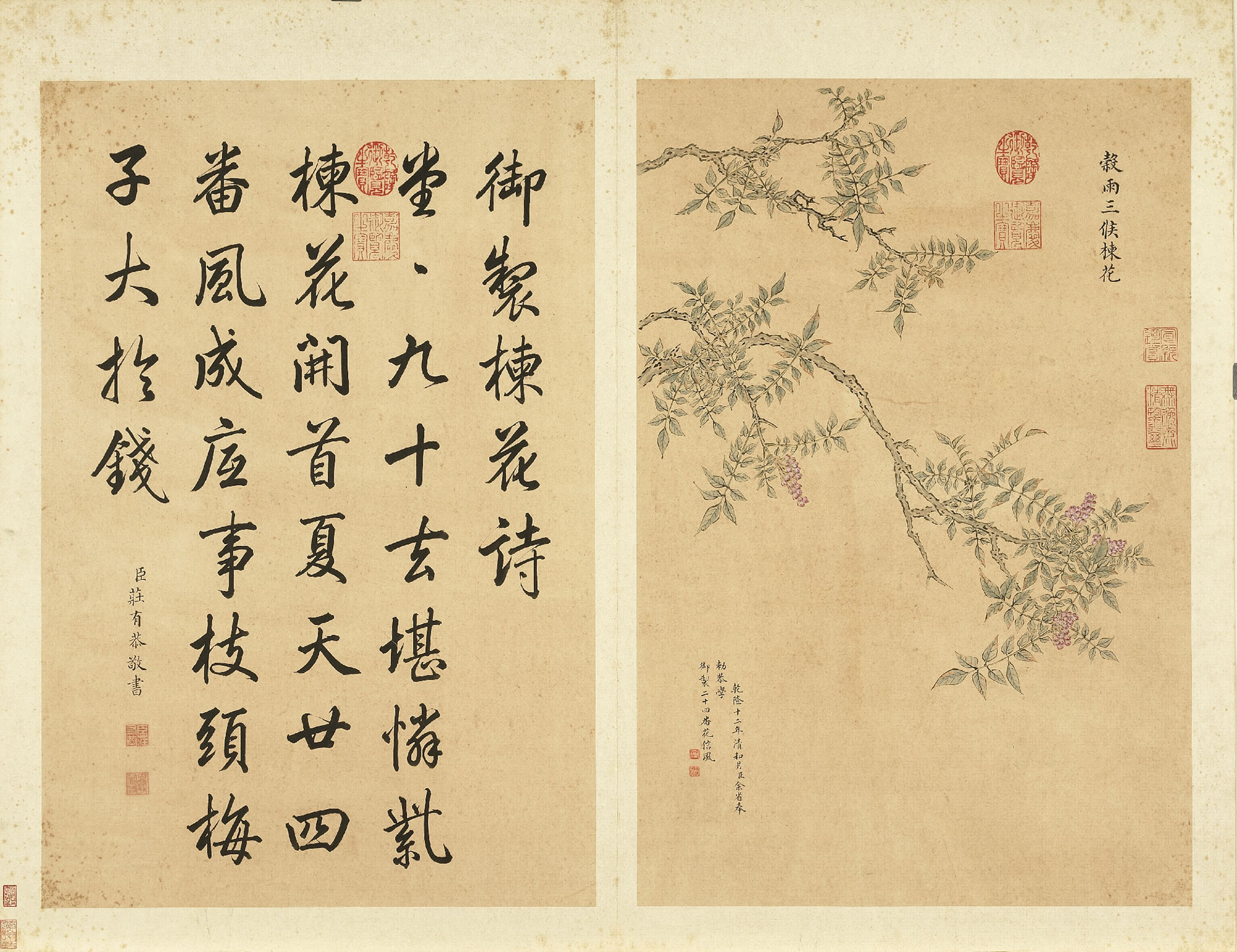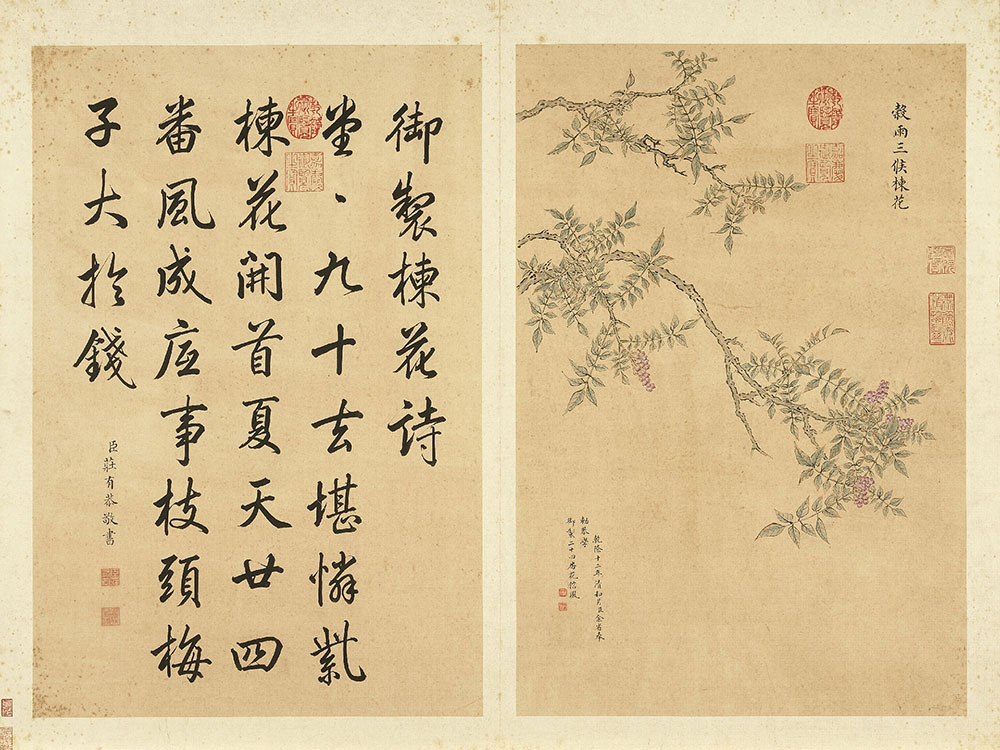Transplanted into the Imperial Gardens
In order to furnish the emperors’ flower appreciation and palace decoration needs, each month barges traversed the canal connecting southern China to Beijing. These barges were responsible for delivering seasonal flowers and fabrics woven in the region south of the Yangtze River to the “Southern Gardens” in the Forbidden City. In addition to importing flowers and plants from southern China, the emperors would also have flowering plants from northern regions transplanted into the Forbidden City and the Chengde Mountain Resort. Specimens included the thousand-petal lotus from Aohan County in Inner Mongolia and the golden lotus (Trollius chinensis) from the high mountains of northern China. By observing the conditions in which imported flowers and plants arrived in the capital, the emperors were even able to indirectly ascertain the climate conditions of the faraway regions in which they originated.
These flowers and plants from the empire’s different latitudes and altitudes were meticulously cared for by imperial palace florists, who even set up greenhouses to protect the plants in wintertime or control the timing of their blossoming. These florists overcame the challenges of “non-acclimatized” plants, helping them to bloom ravishingly. These blossoms reflected that the palace florists successfully grasped the plants’ unique characteristics as well as the techniques needed to create hospitable environments for them.
- The Auspicious Glory of Spring
- Paper
This long scroll depicting over forty different types of flowering plants was painted by the scholar-attendant and painter Wang Chengpei just prior to Emperor Qianlong’s sixth southern expedition, which took place in his forty-ninth year on the throne (1784). This scroll features plants whose flowers bloom in each of the four seasons. By gathering plants that blossom at different times of year and depicting them all simultaneously in bloom, the painting becomes a paean to beneficent climates, fortuitousness, and peace all throughout the empire.
In addition to including flowers that commonly represent each of the four seasons—such as peonies, lotuses, chrysanthemums, and plum blossoms—this painting also portrays wild flowering plants endemic to regions north of the Great Wall. These include passionflower (genus Hypericum) as well as Chinese delphinium. There are also exotic plants that were introduced to China from overseas such as passionflower, carnations, and irises. By combining flowering plants traditionally appreciated in China, newly-discovered plants from the far north, and flowers imported from abroad on a single scroll, Wang Chengpei epitomized the rich diversity of the Qing dynasty’s biota.
- Precious Forest of Ink Marvels (Orchid, Lettuce, Japanese Rose, and Paulownia Flowers)
- Yu Xing, Qing dynasty
- Paper
Precious Forest of Ink Marvels is compilation comprising twelve albums, one of which is “Twenty-four Exotic Flowers Brought on the Trade Winds,” which features Yu Xing’s (1692-1767) paintings and Zhuang Yougong’s (1713-1767) calligraphy. This album depicts twenty-four different flowering plants. Its theme is the microseasons that fall between the solar term of “lesser cold,” which arrives in the twelve lunar month, and the solar term “grain rains,” which comes at the end of the third lunar month. According to the album’s colophon, Zhuang’s inscriptions come from a number of poems collectively entitled “A Harmony of Calligraphy and Paintings from Life Depicting the Microseasons, Written by the Emperor.” These poems were written by Emperor Qianlong for this album.
The five leaves from this album selected for this exhibition were each created using different painting techniques. One of the pieces is a monochrome brush and ink painting, one uses the unoutlined “boneless” technique, and another was colored using the double outline method. The piece entitled “Multiflora Rose” even combines black-and-white brush and ink painting and multicolored painting on the same surface, revealing Yu Xing’s versatility at cleverly interpreting all manner of painting techniques.
